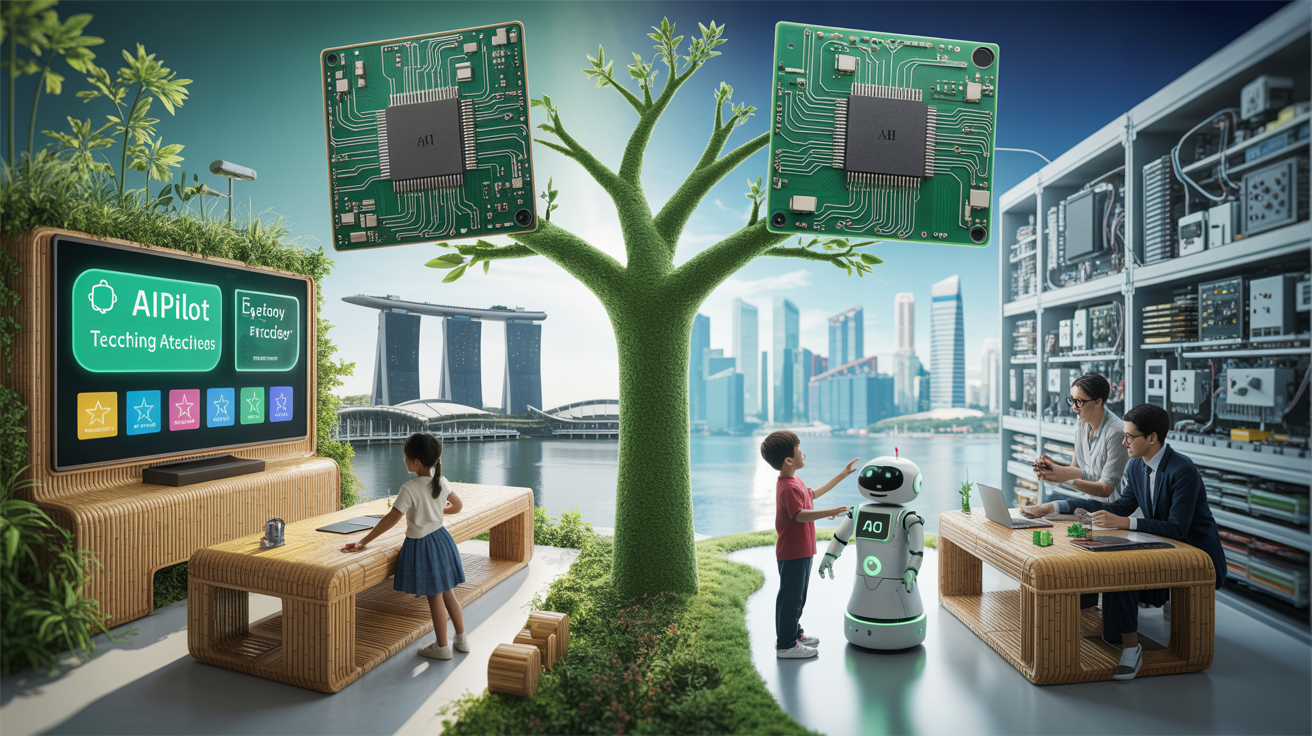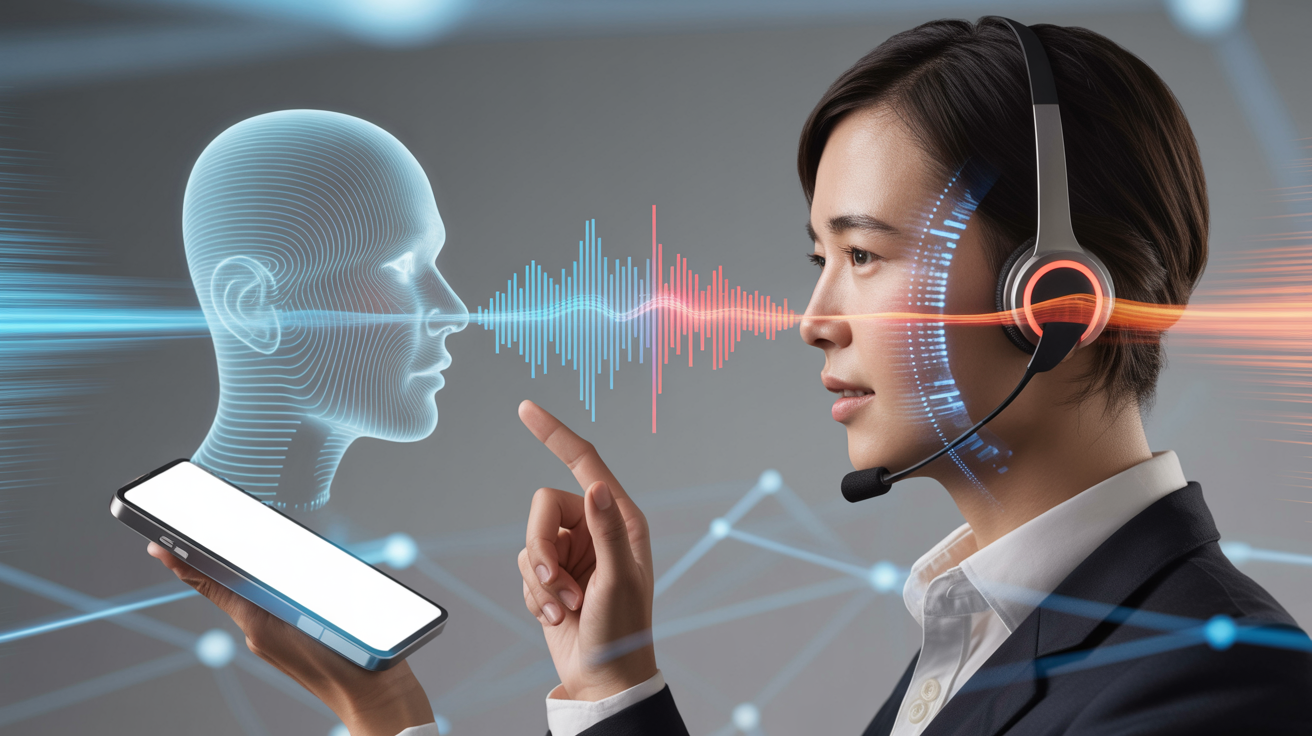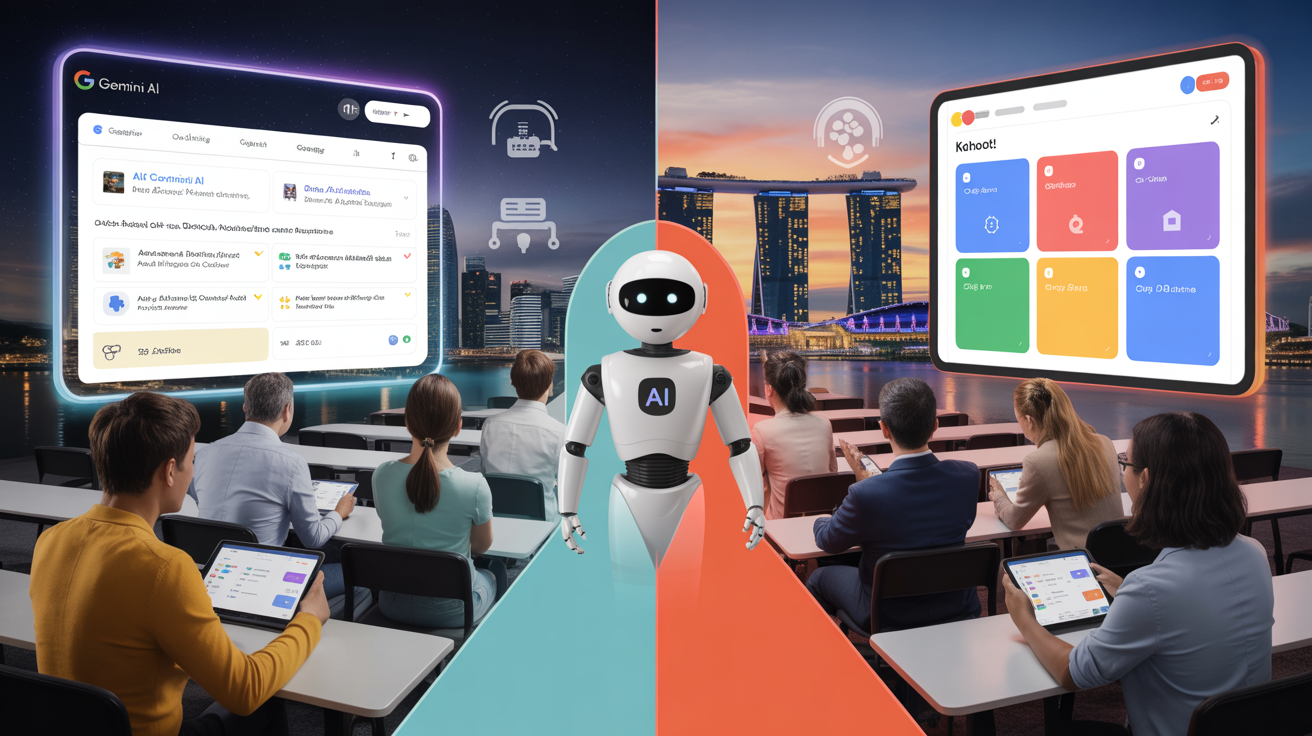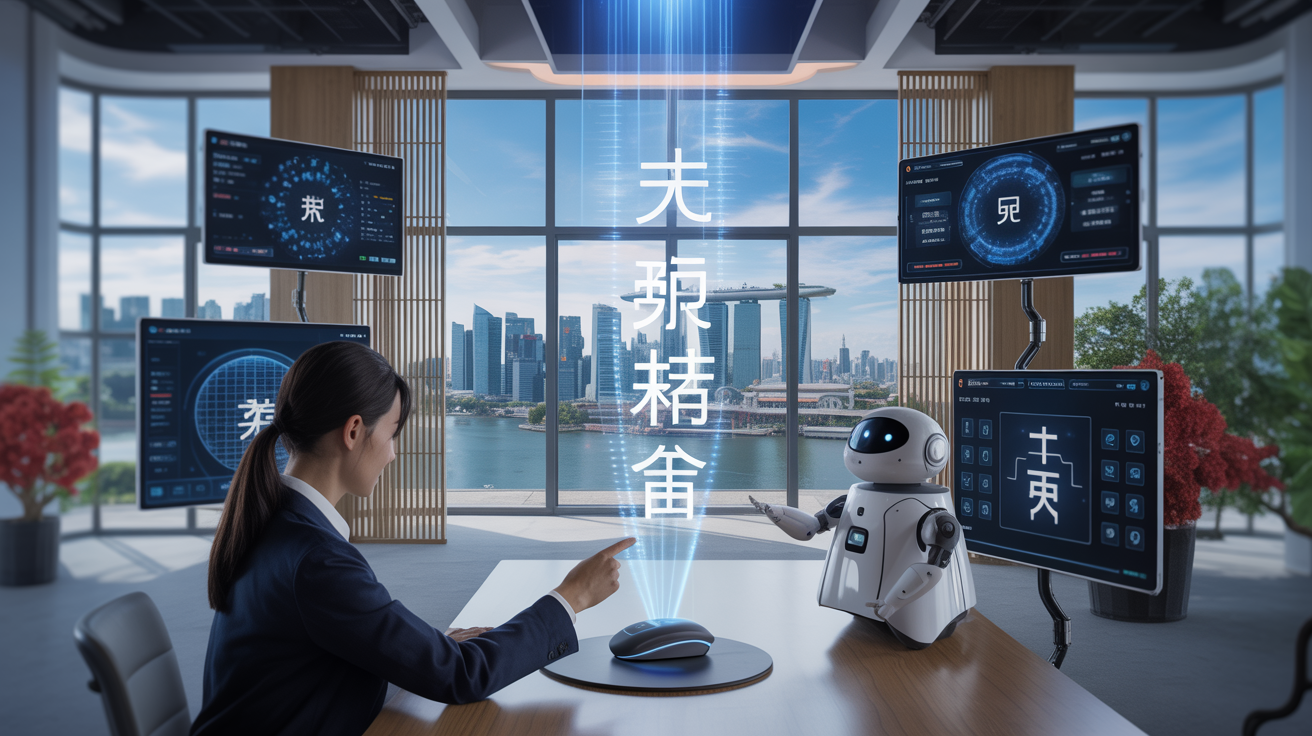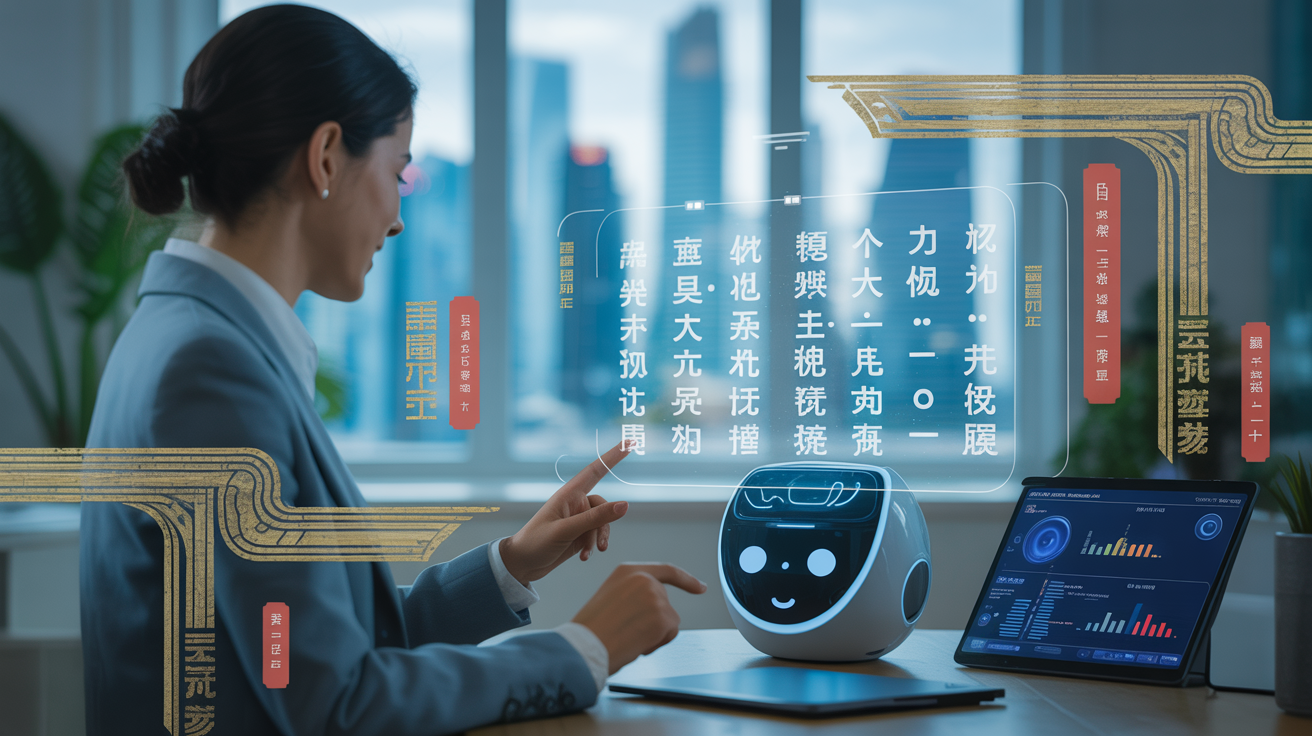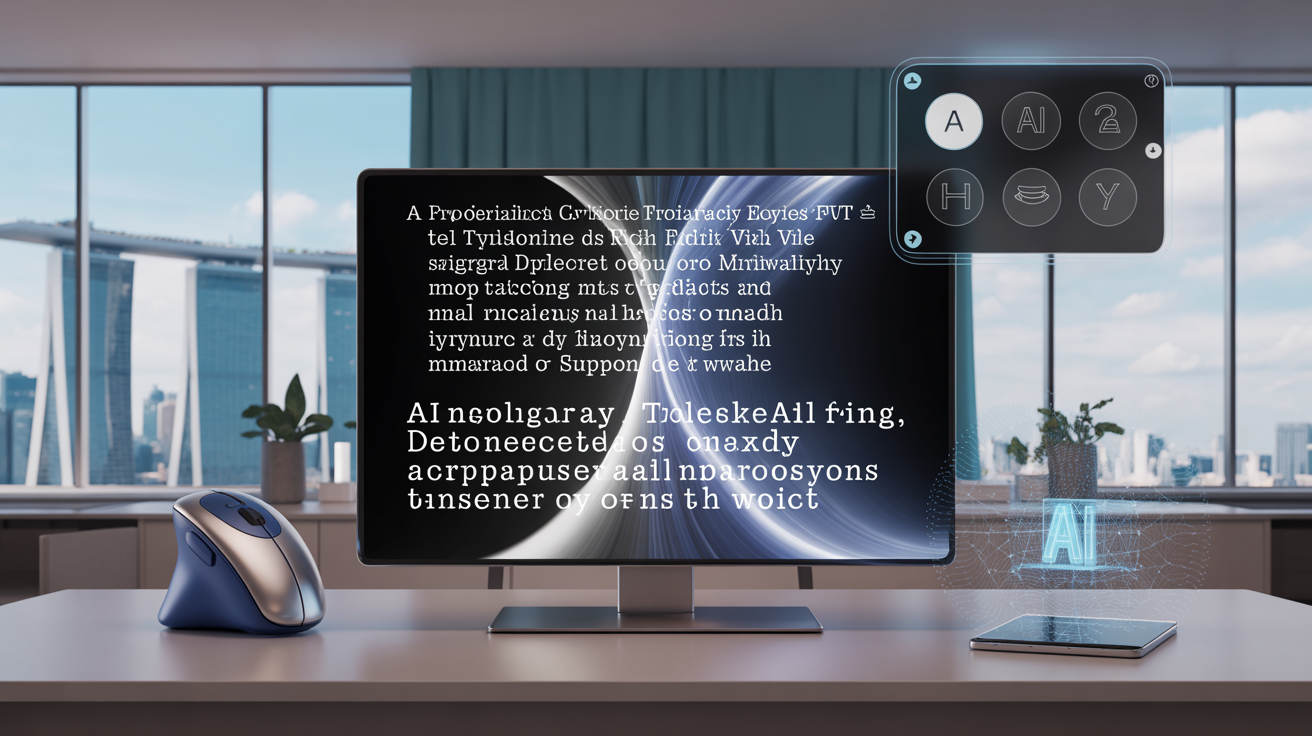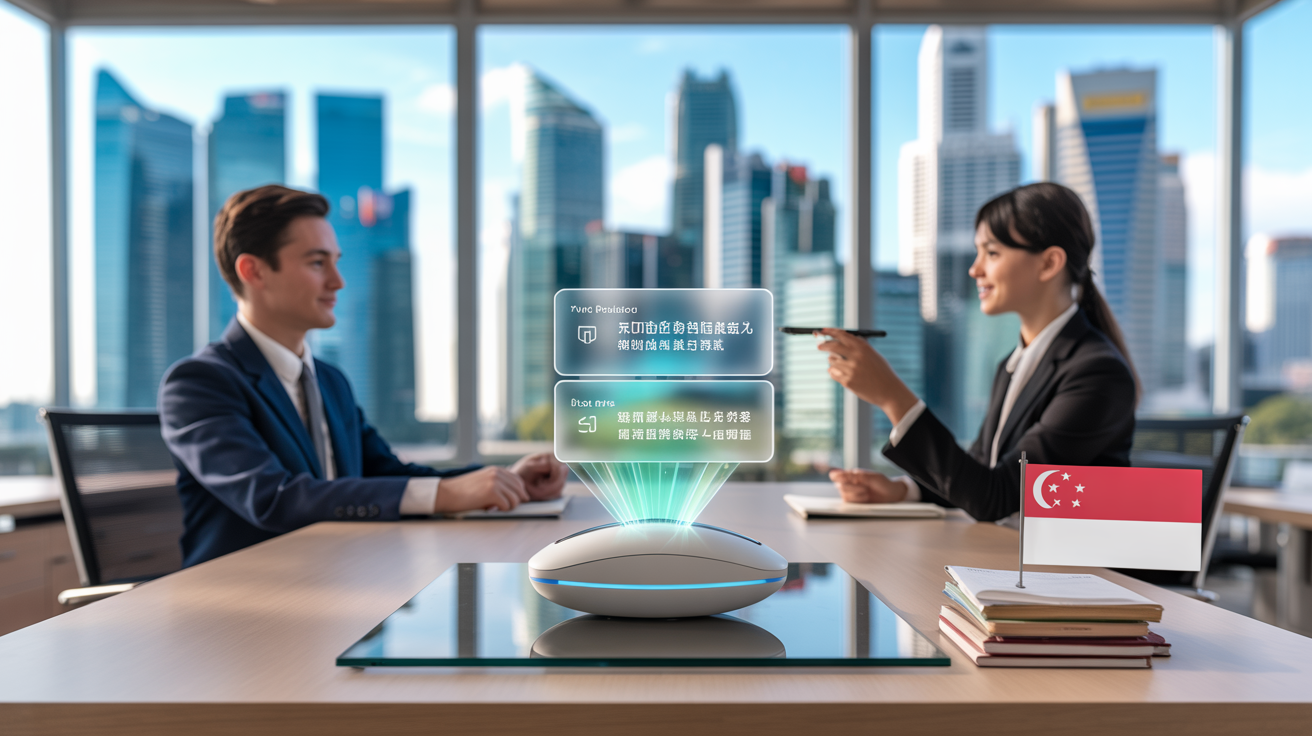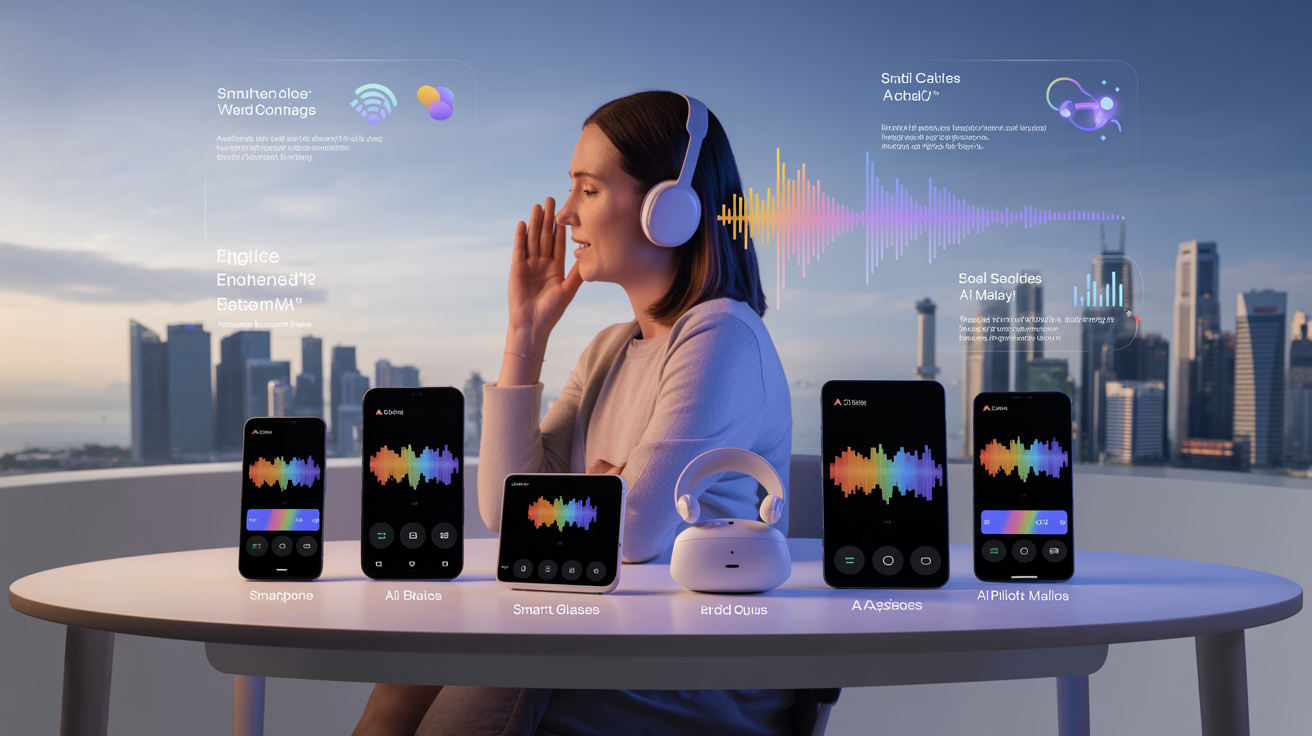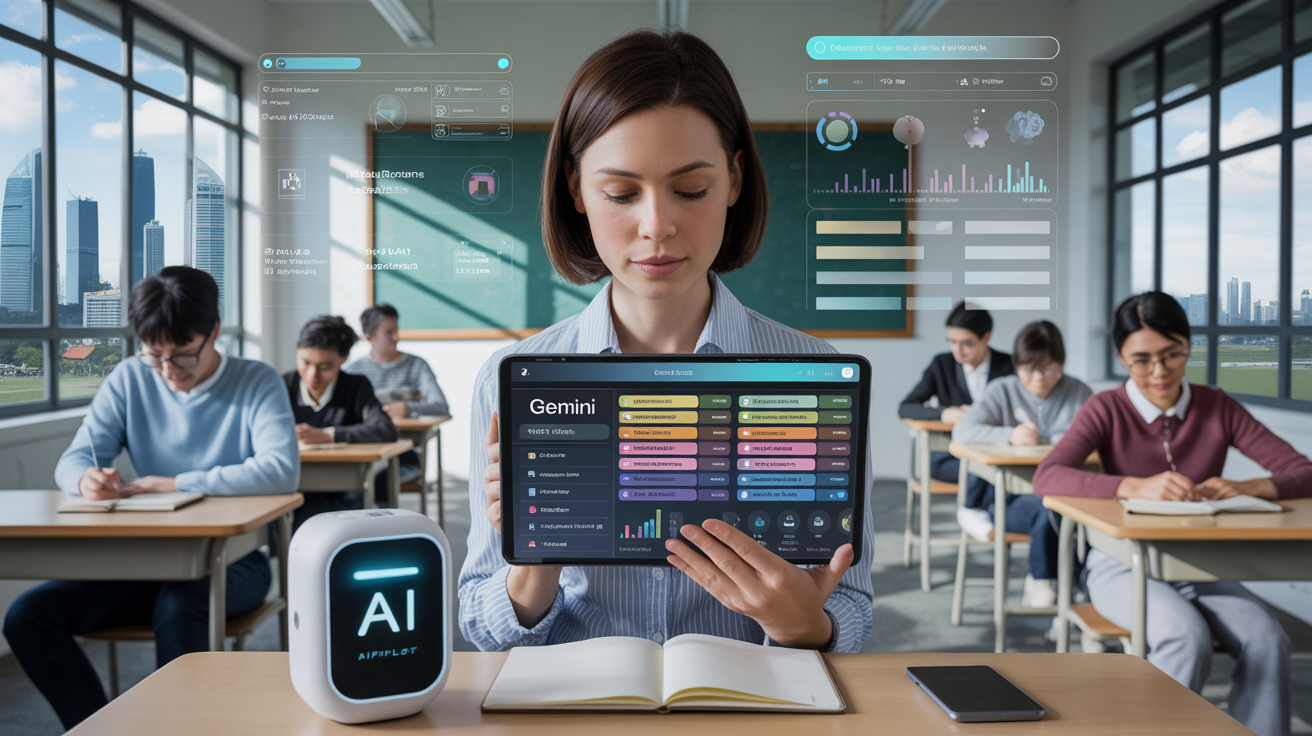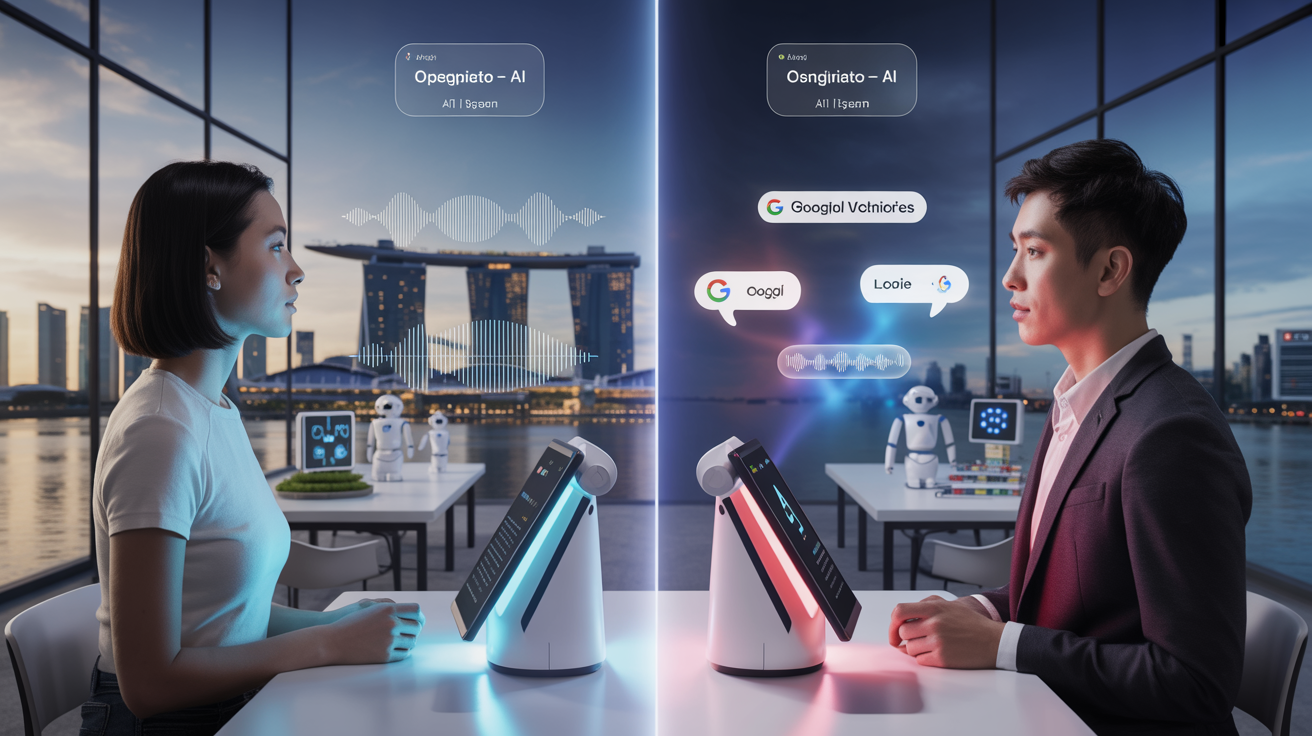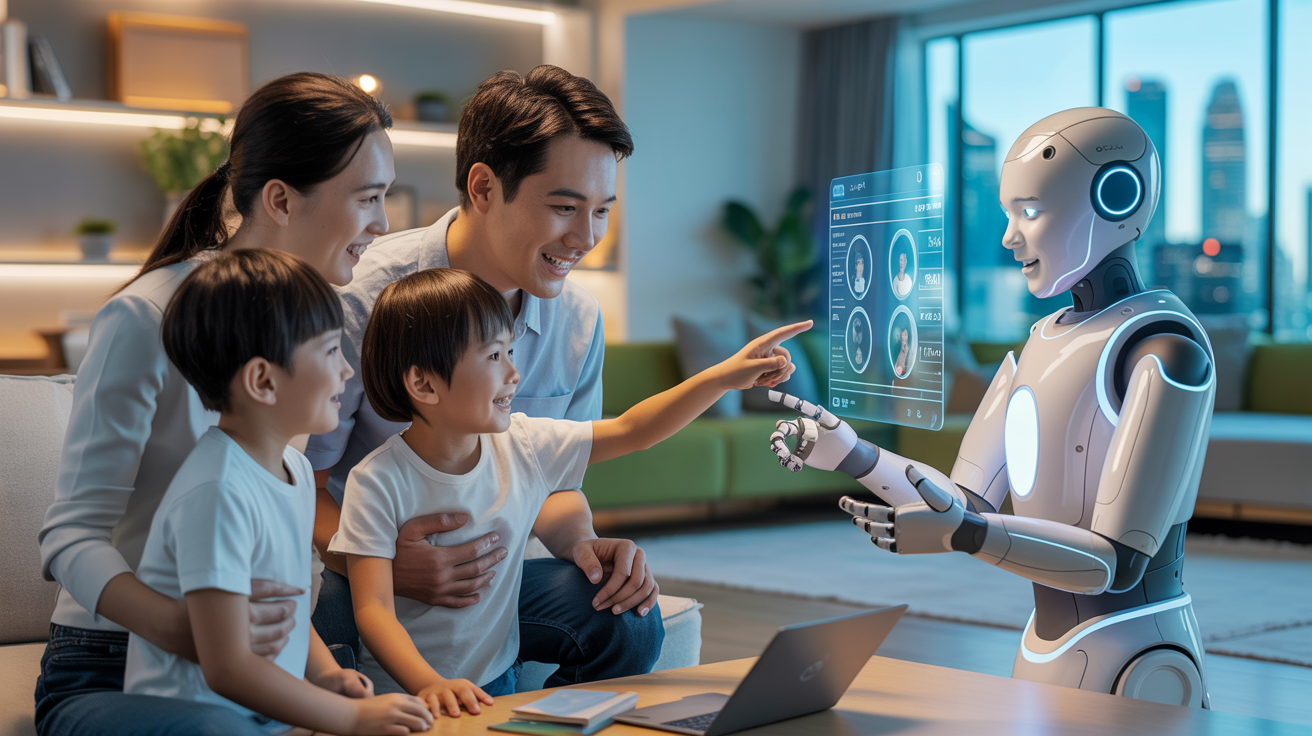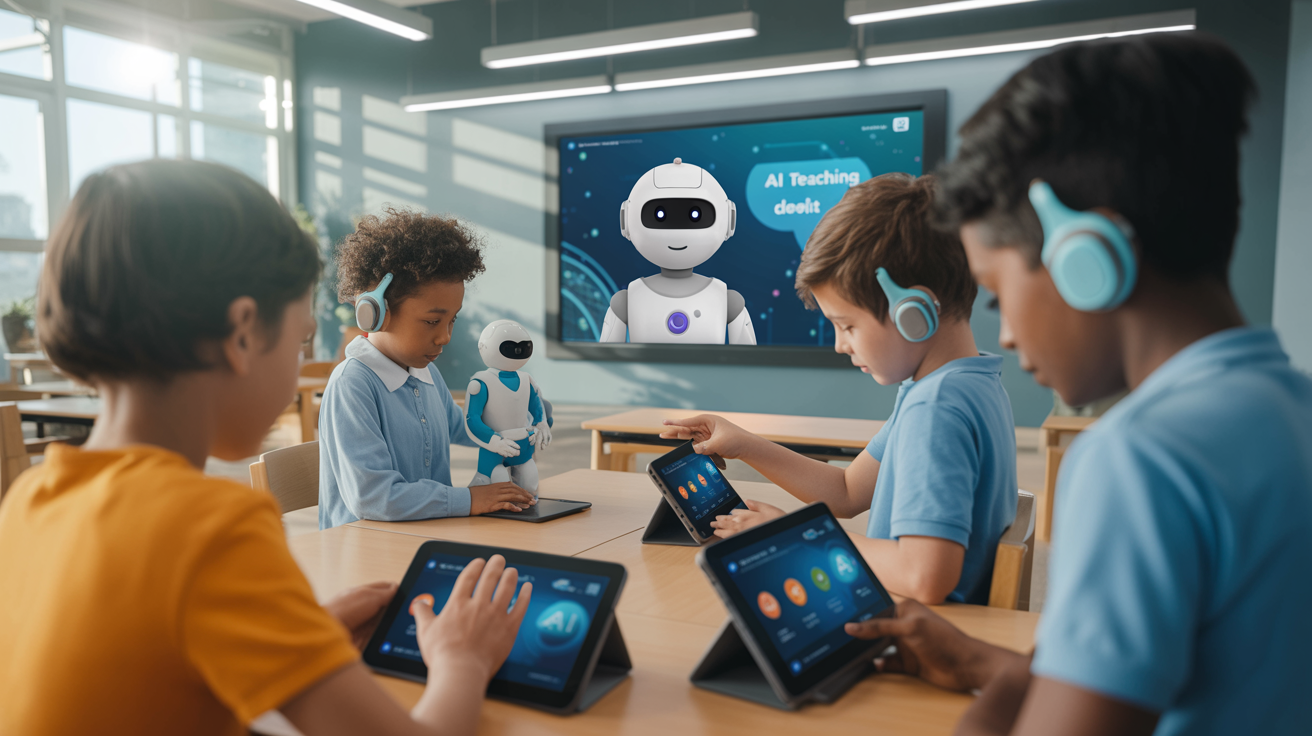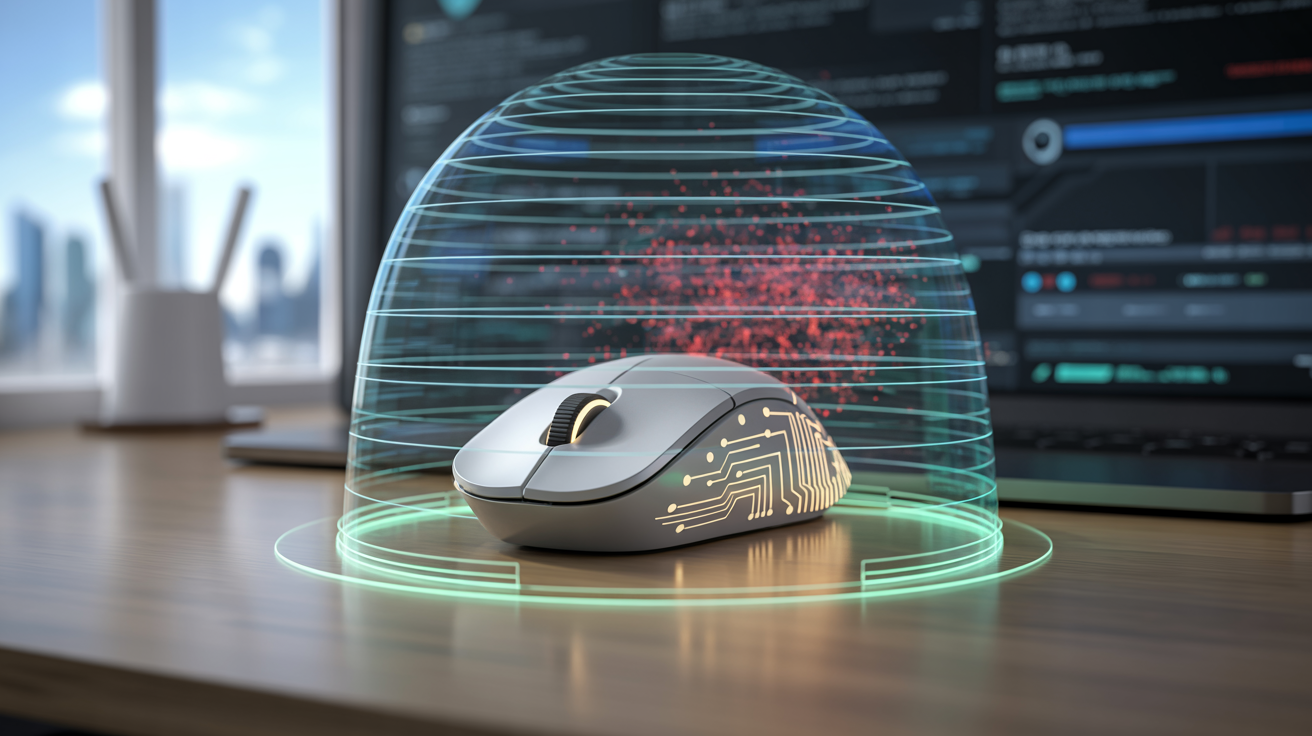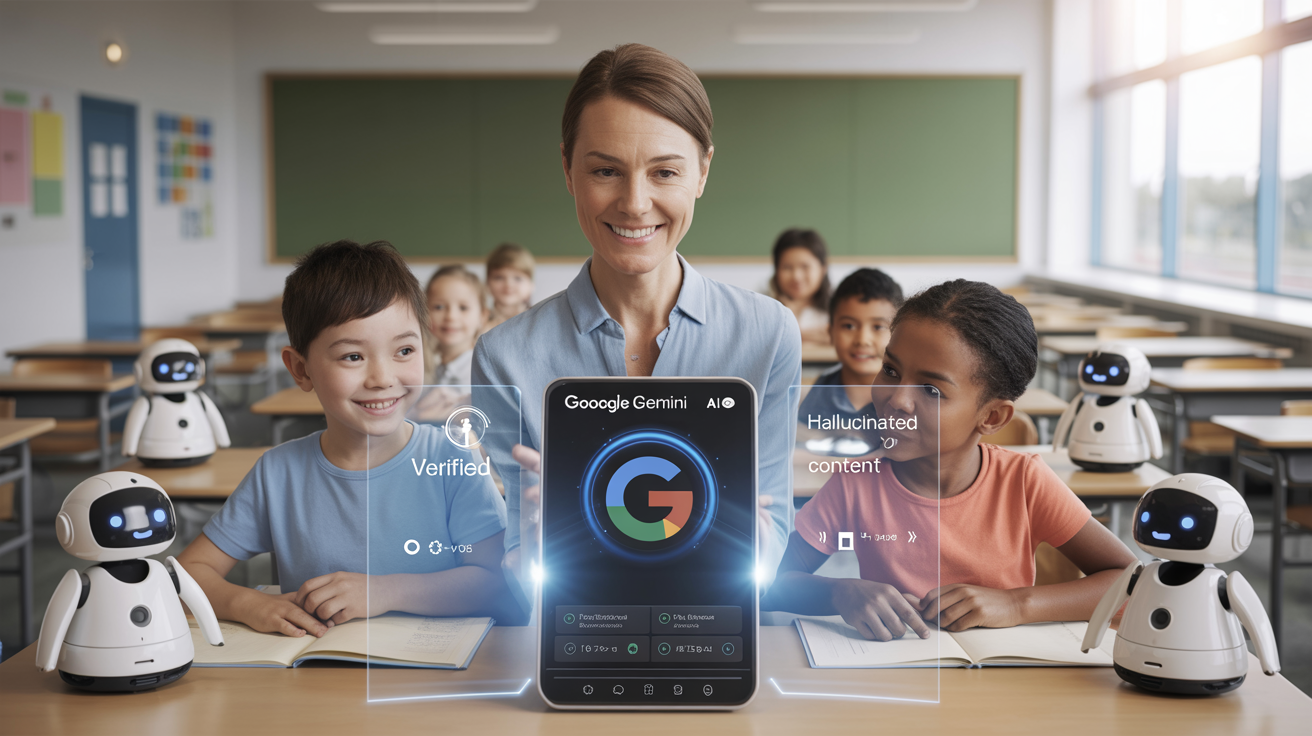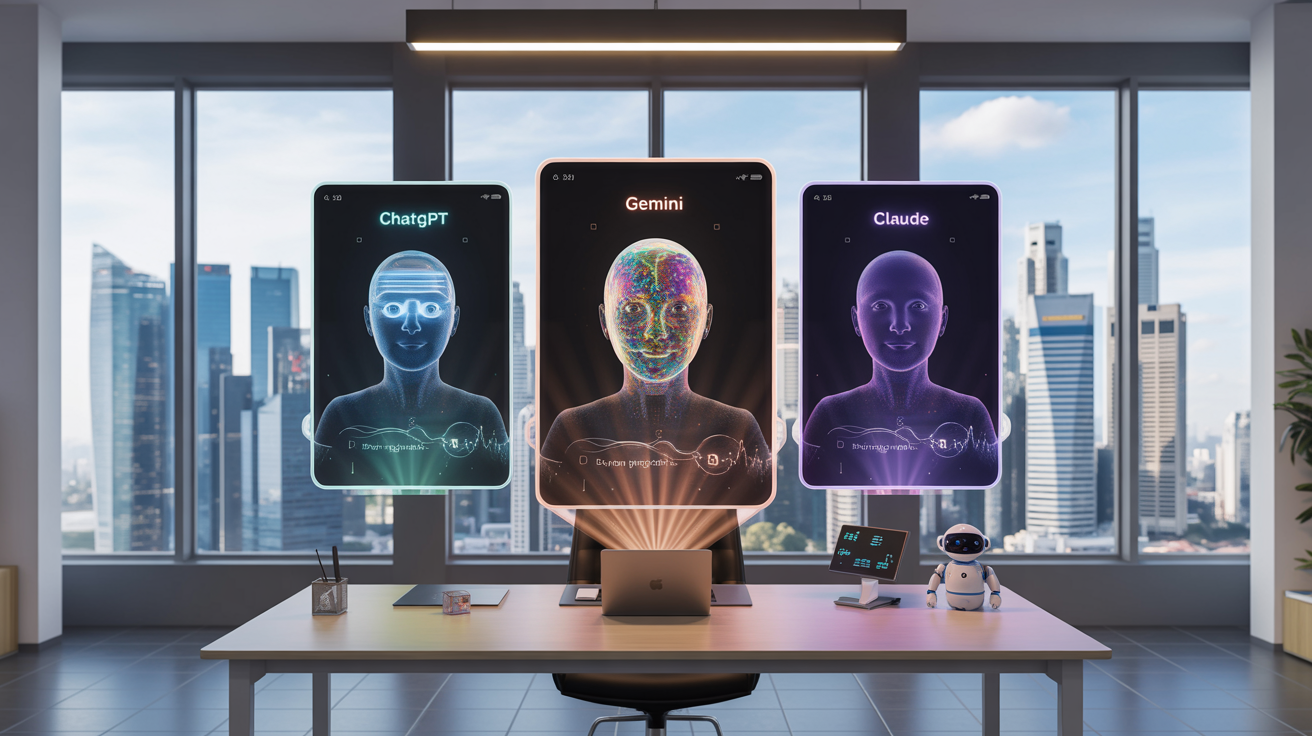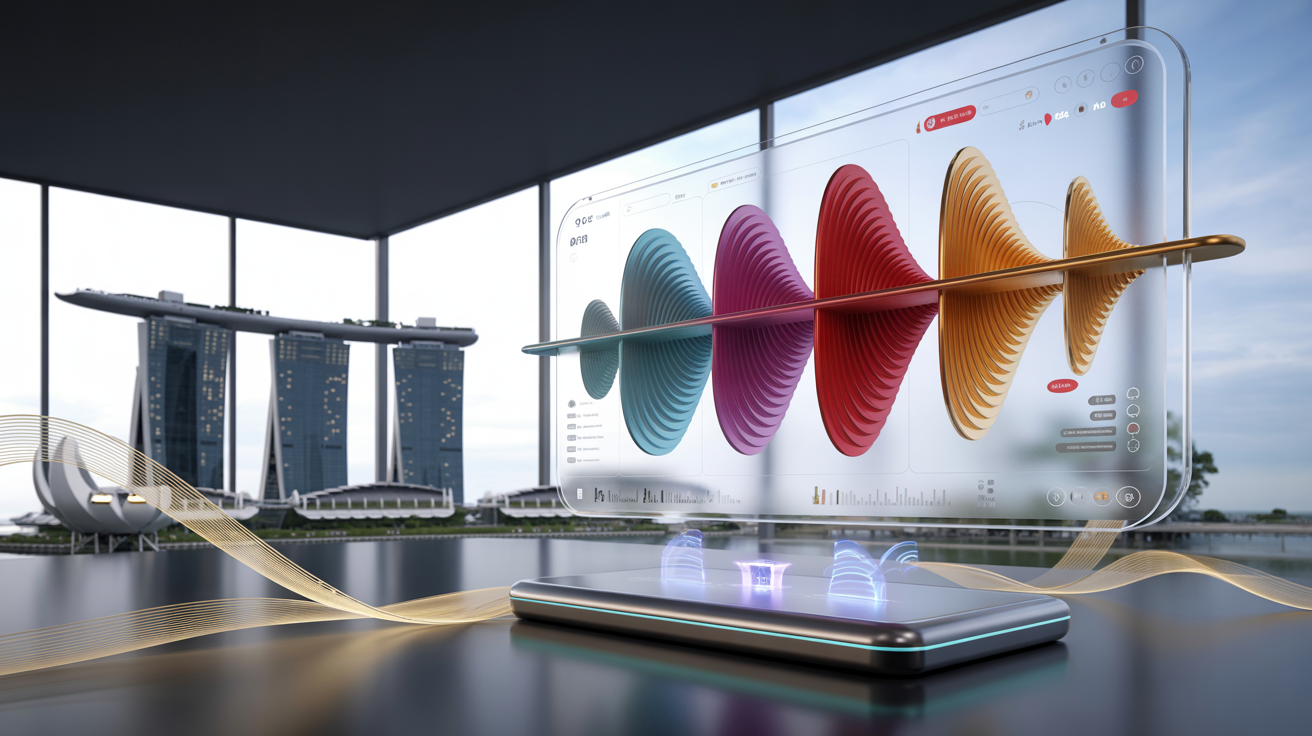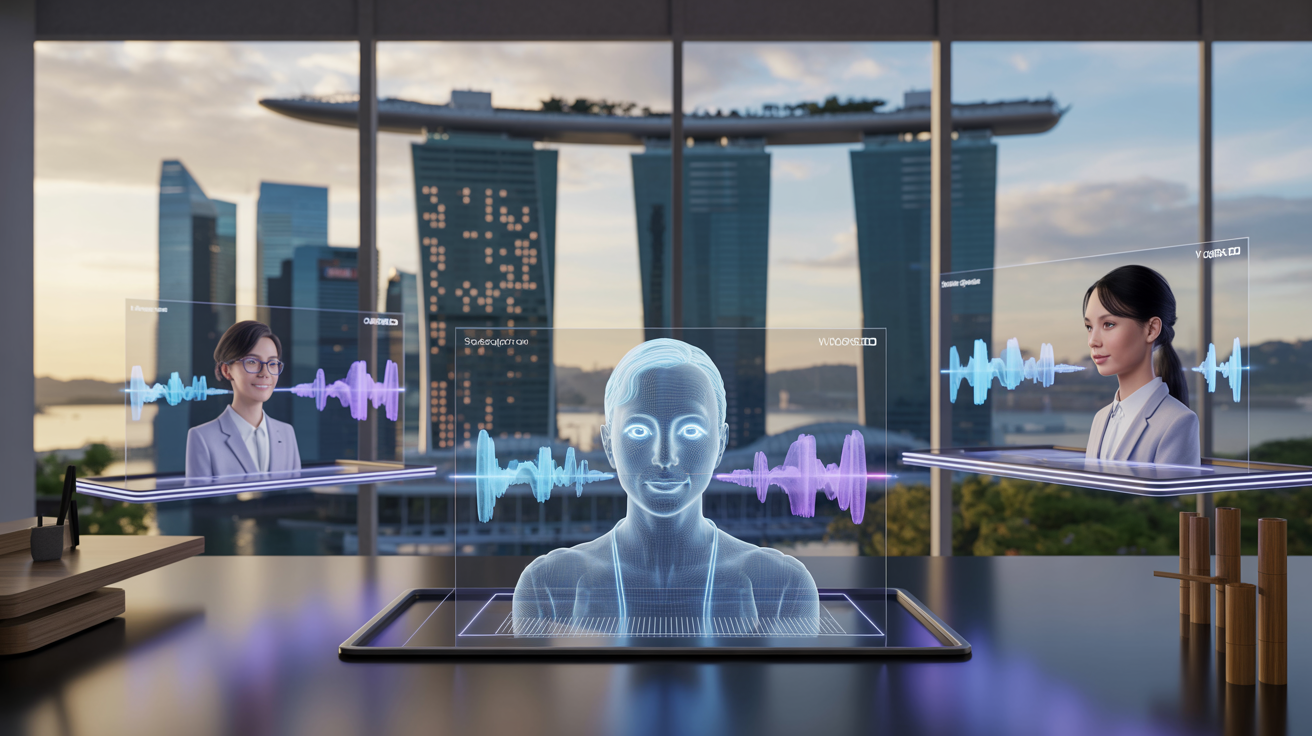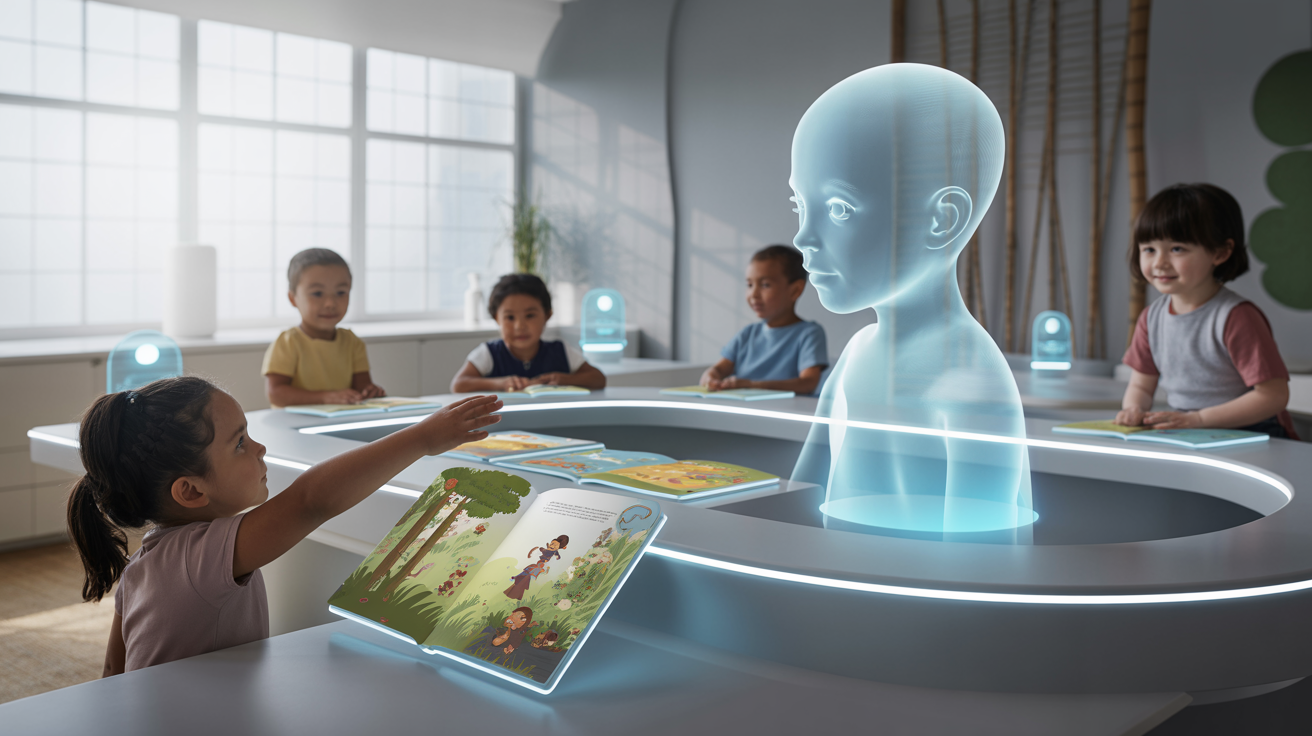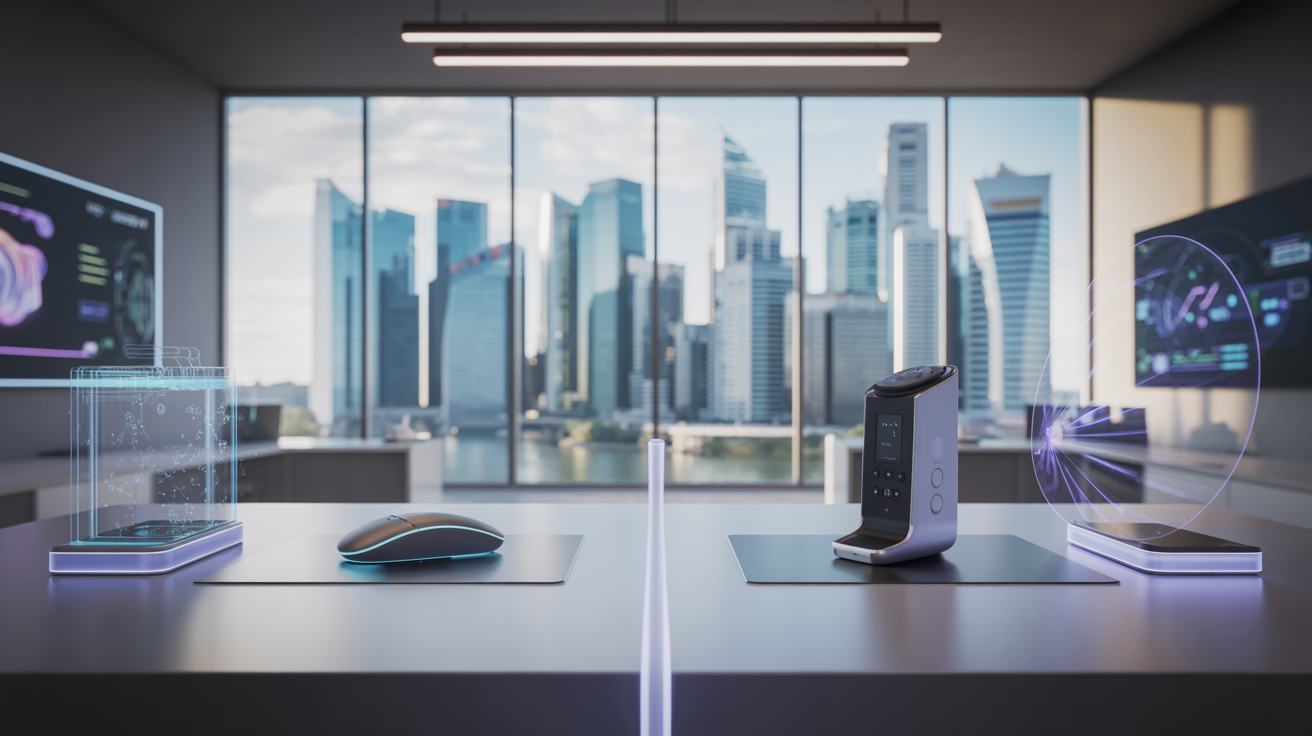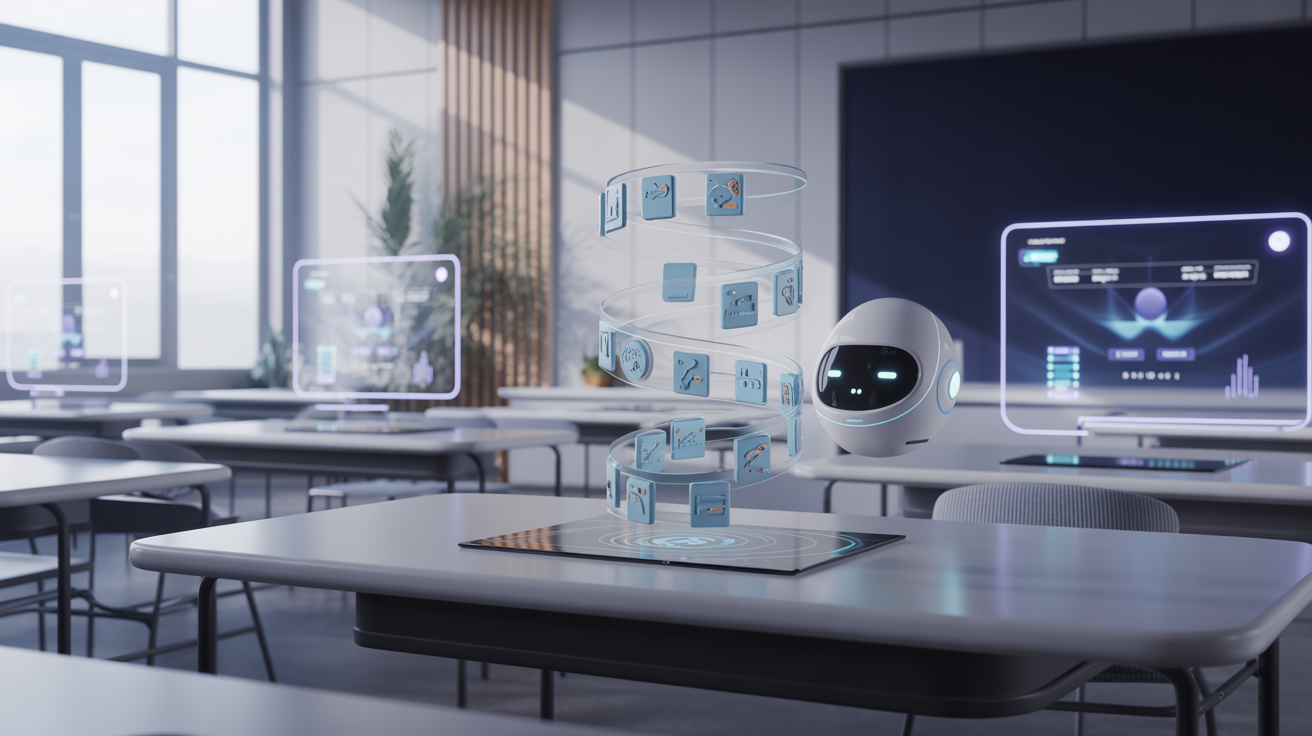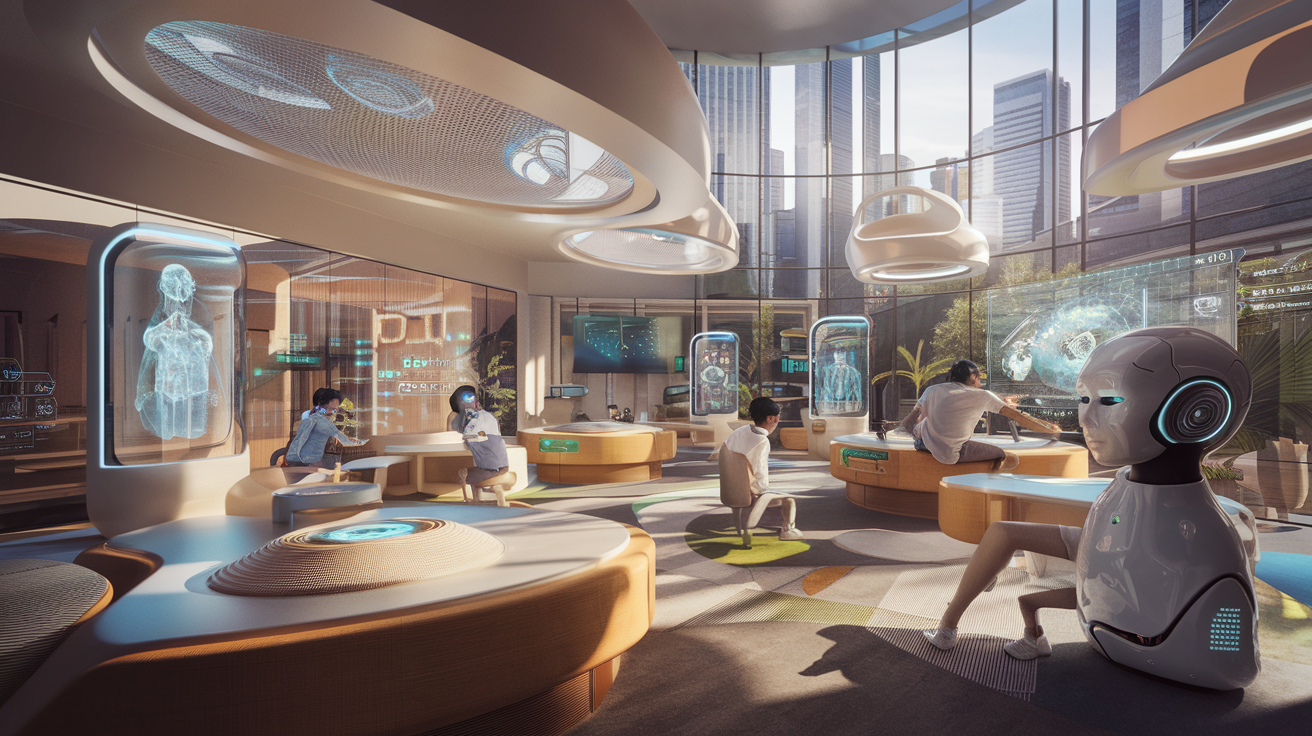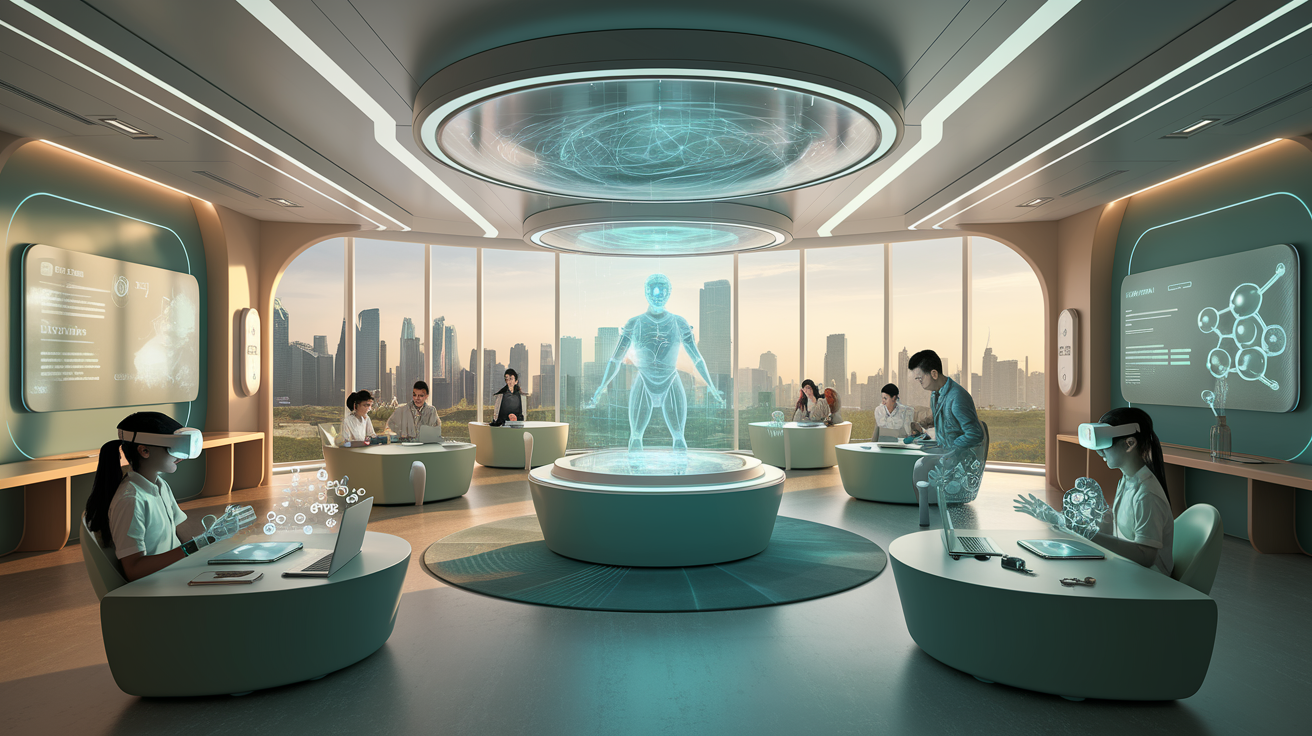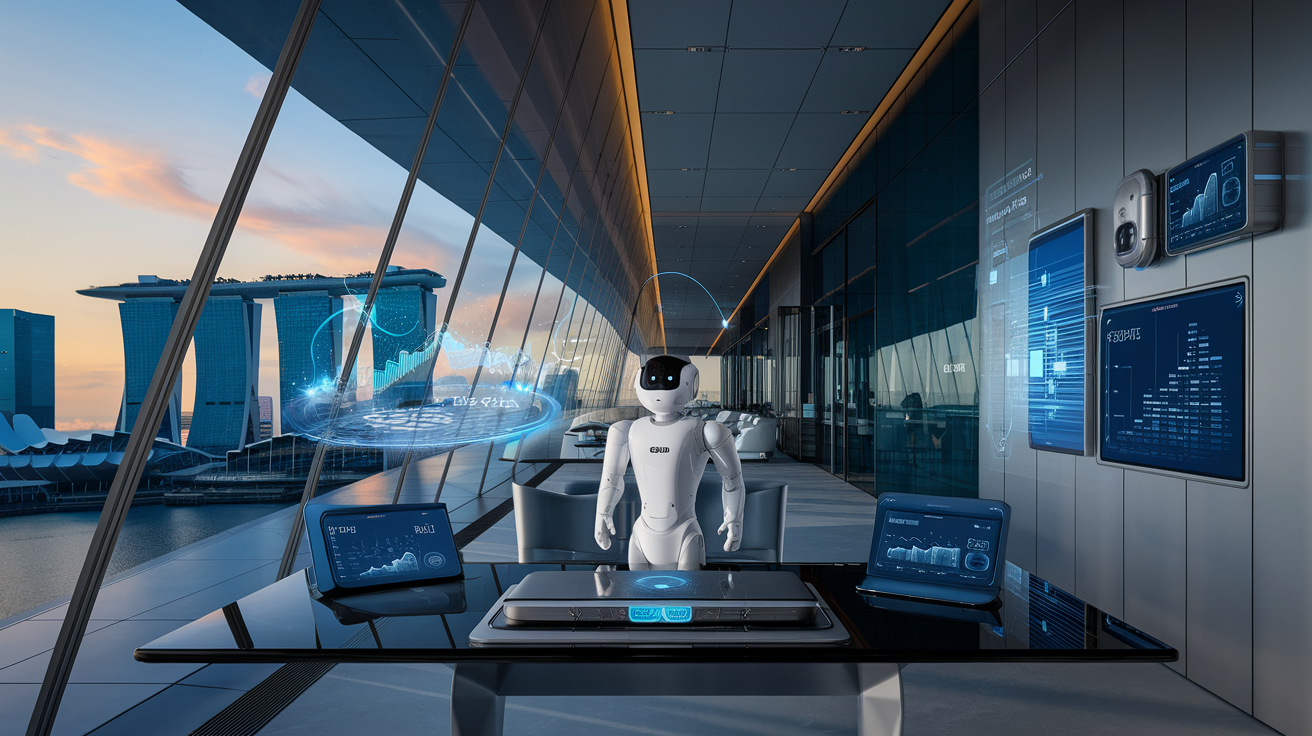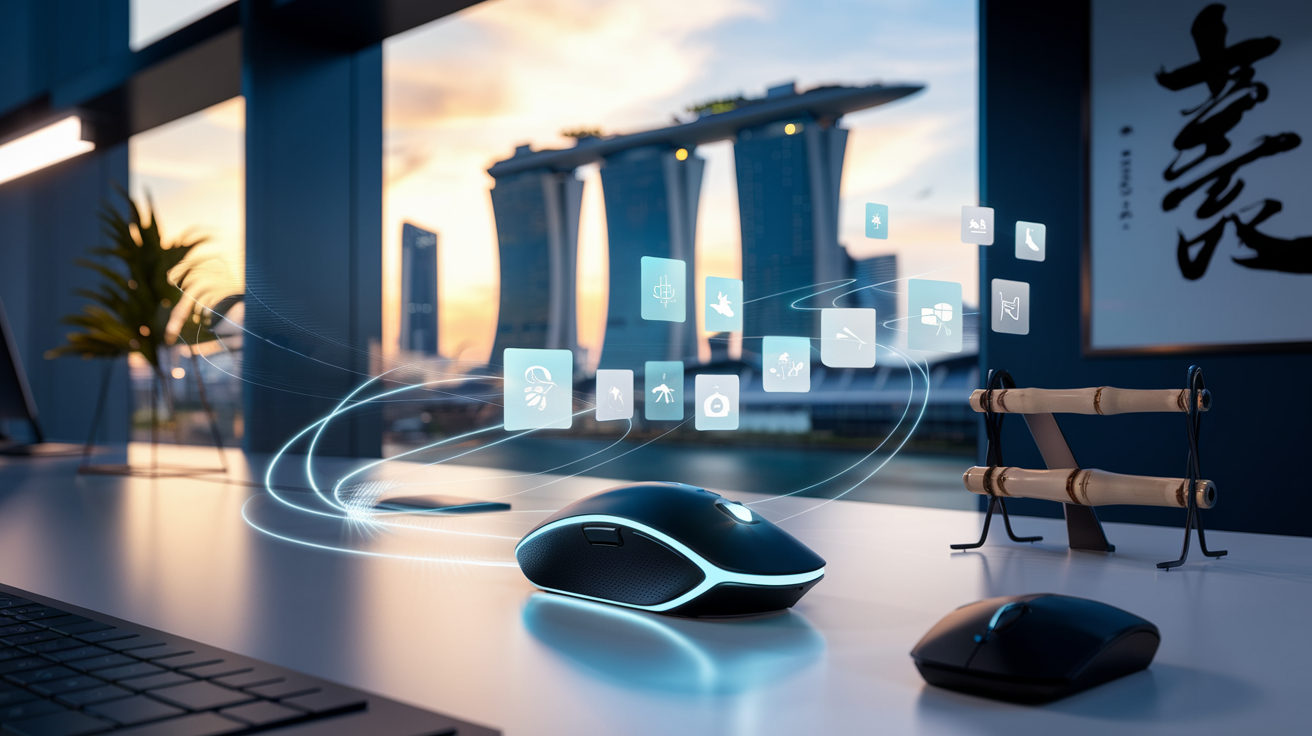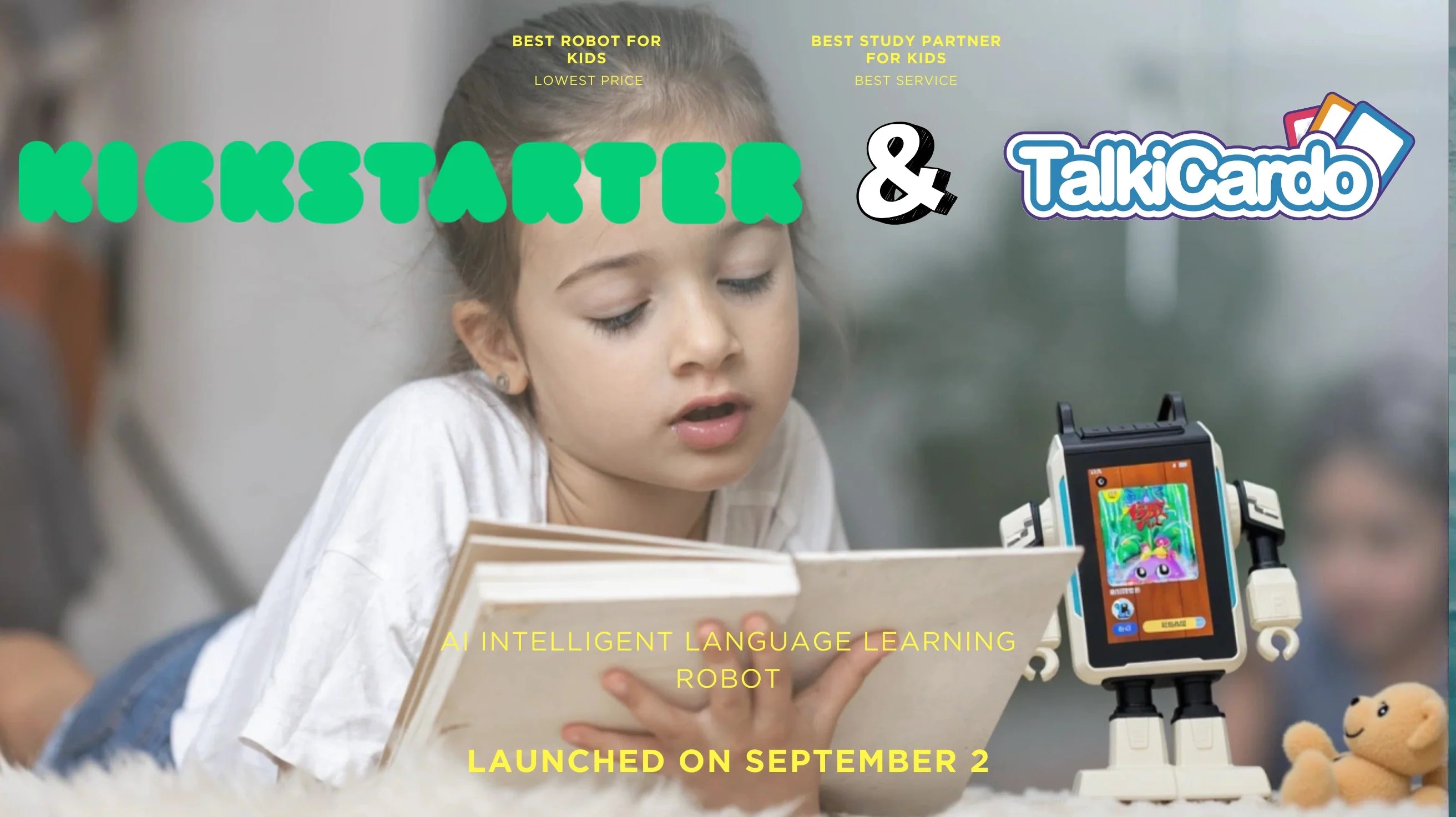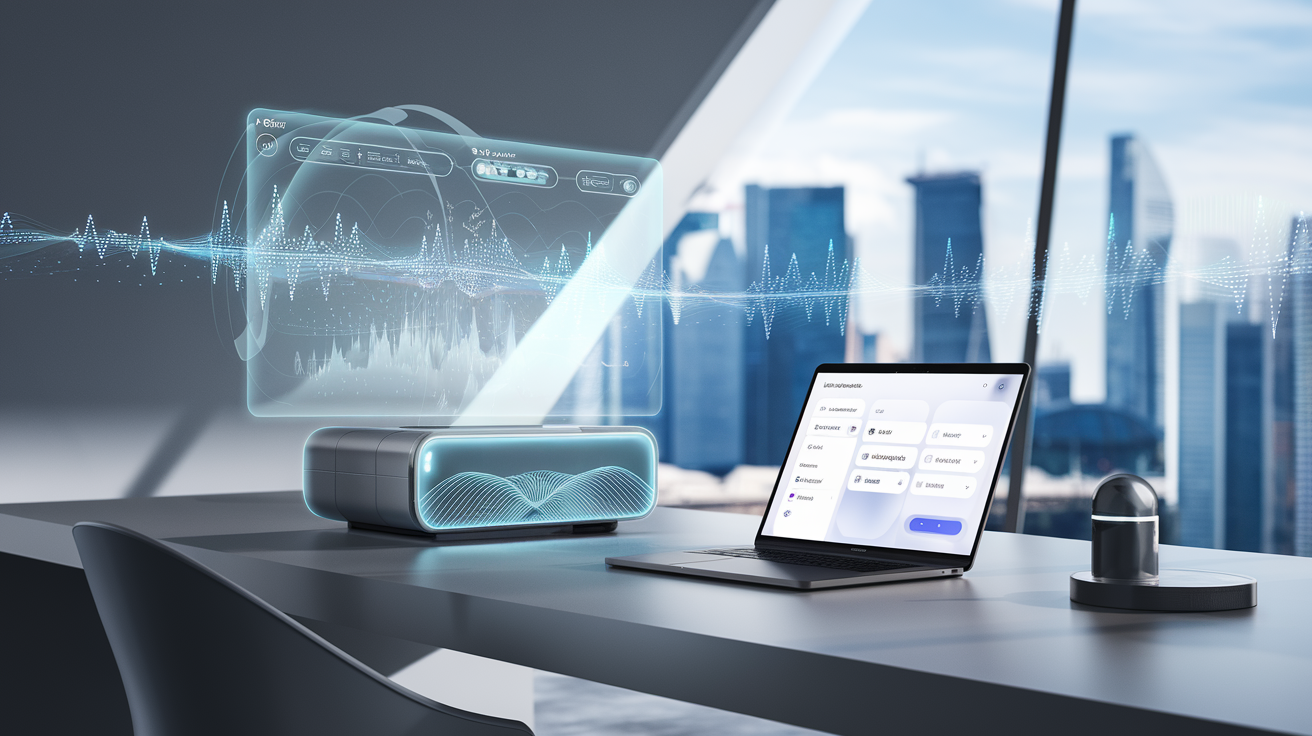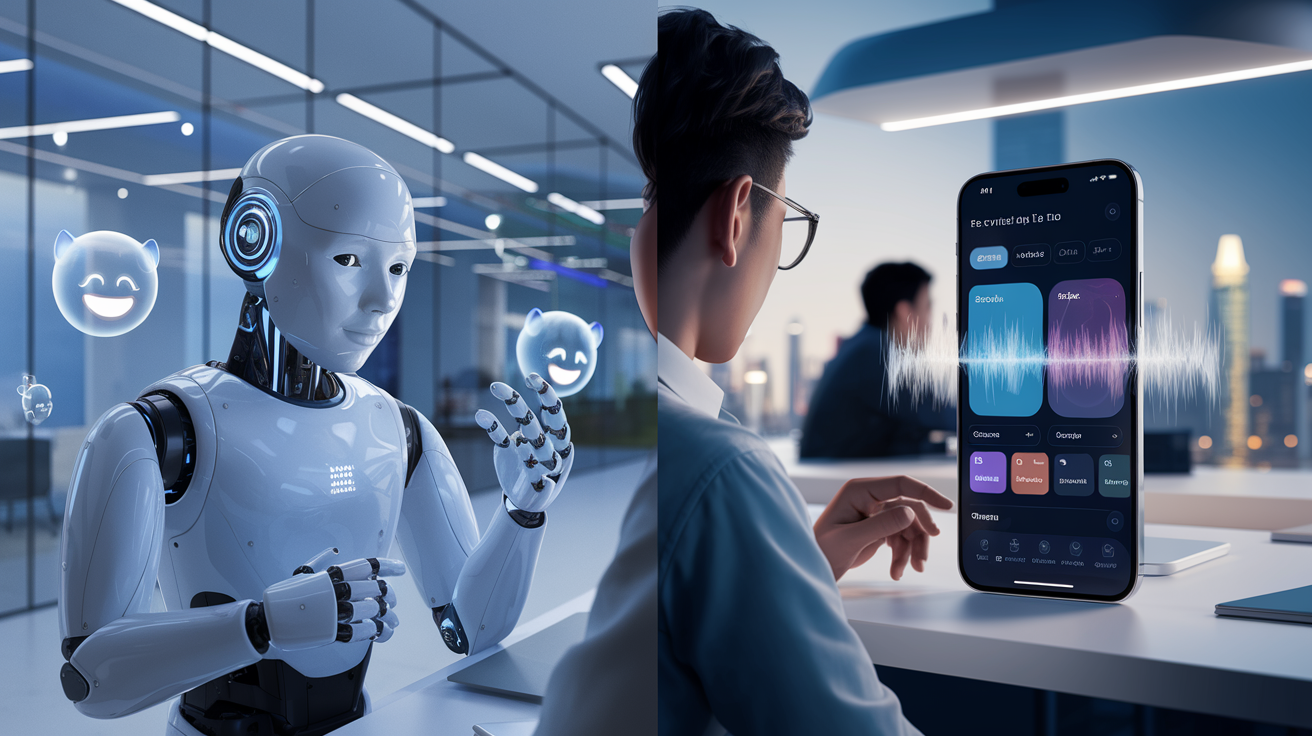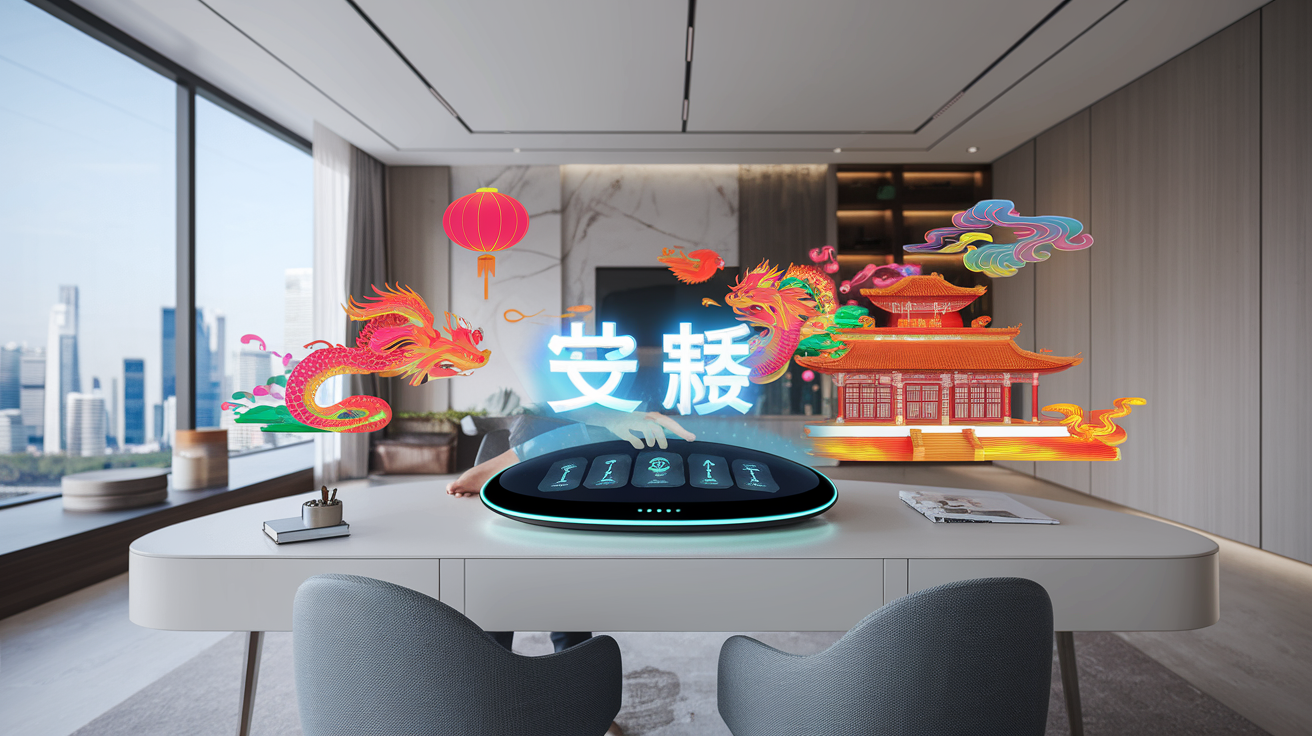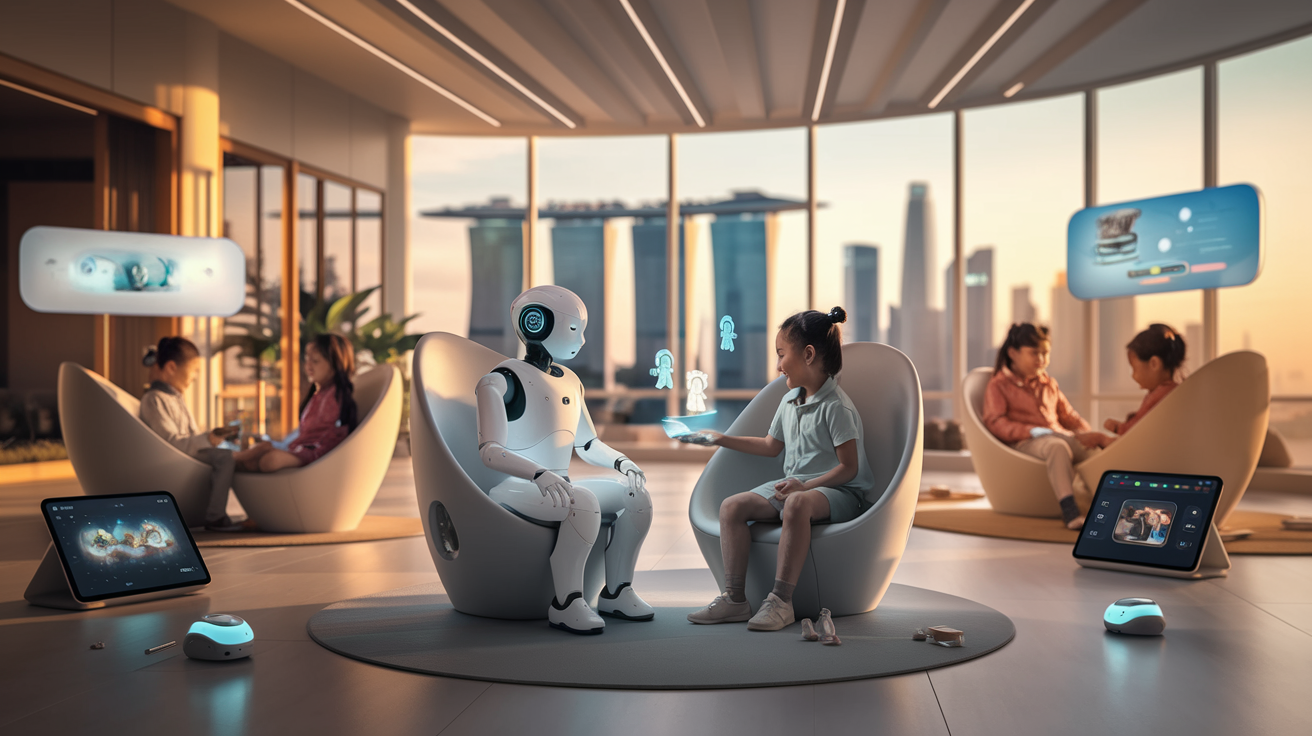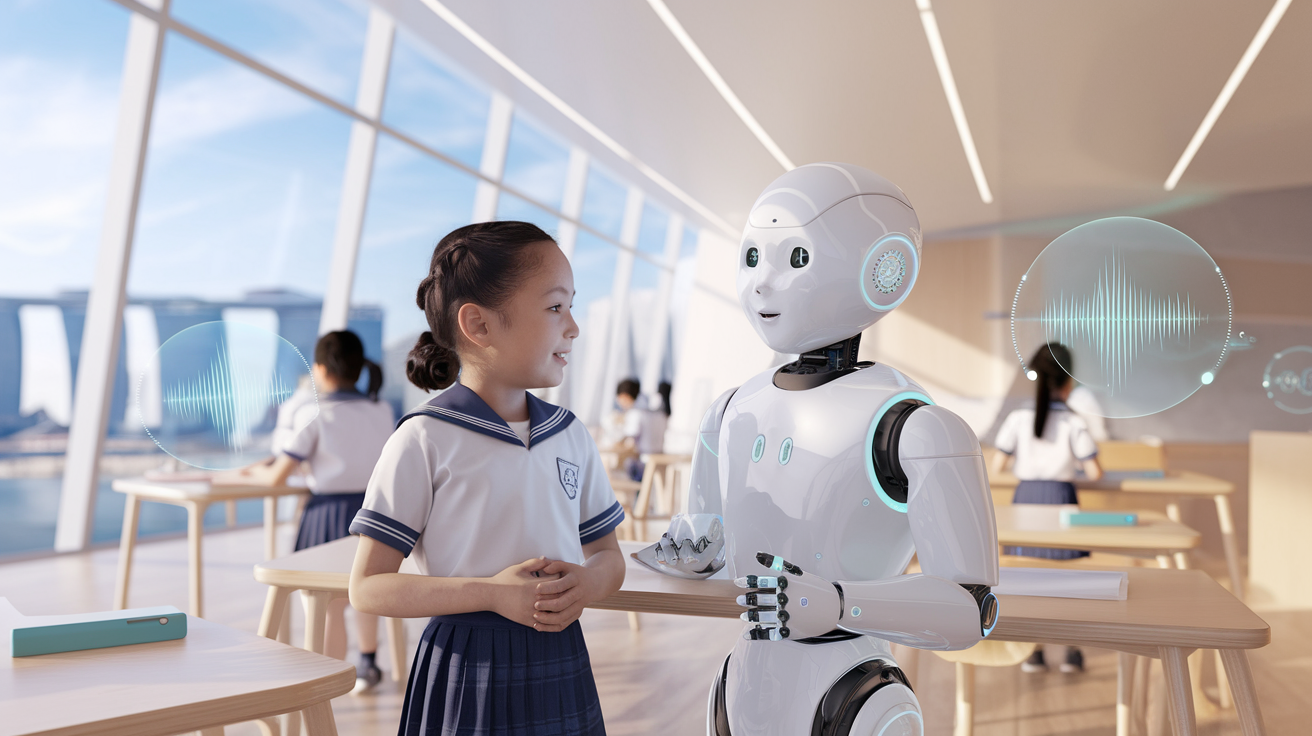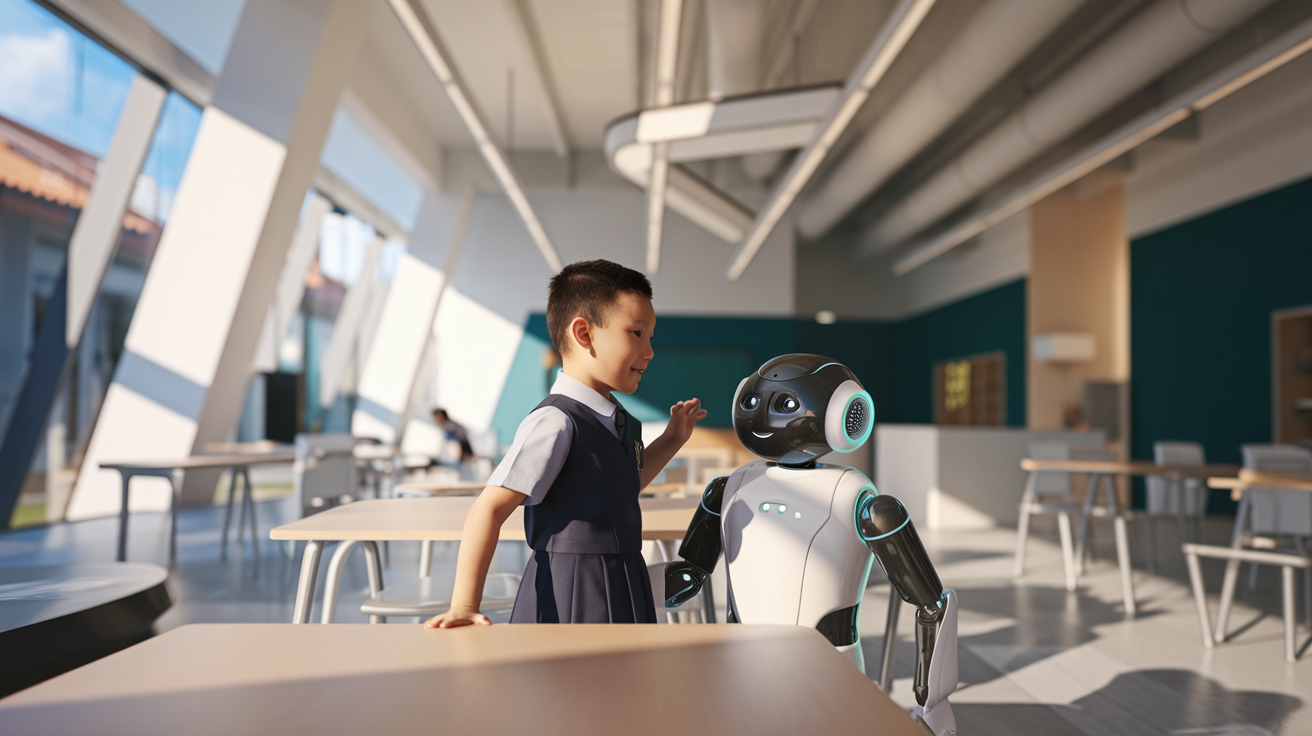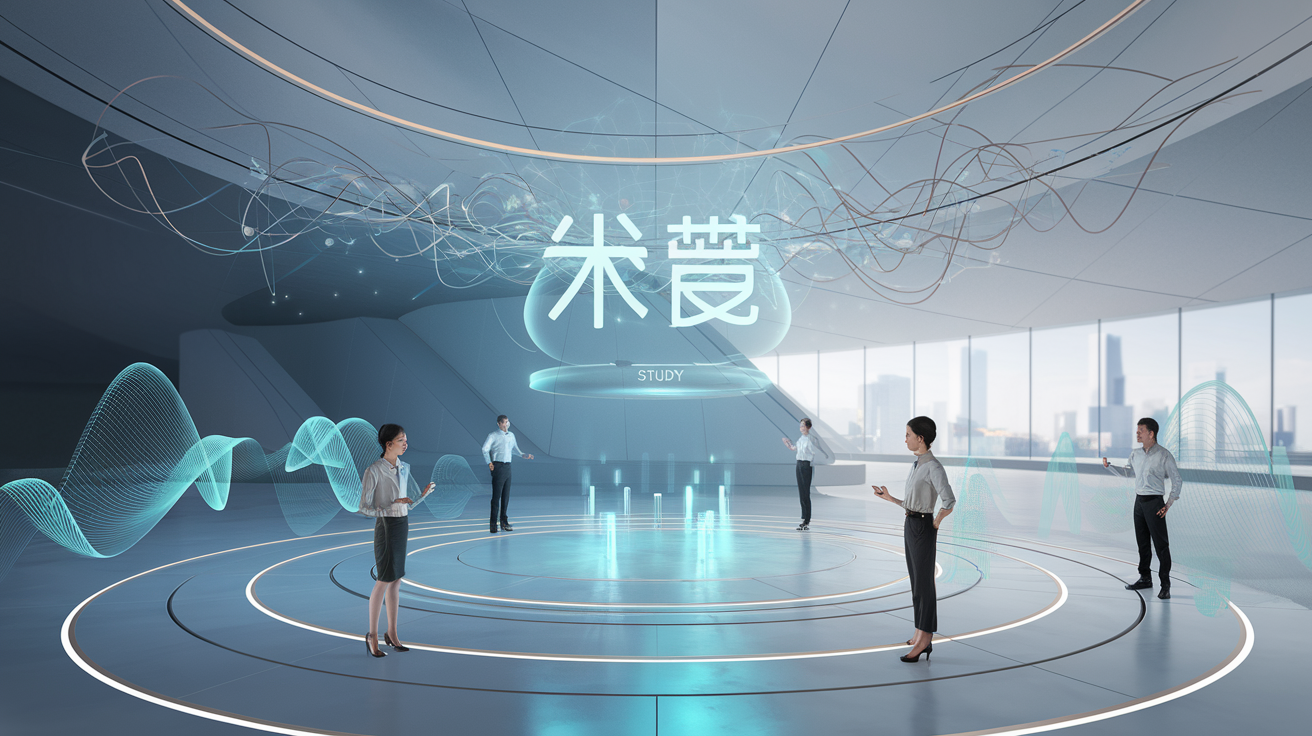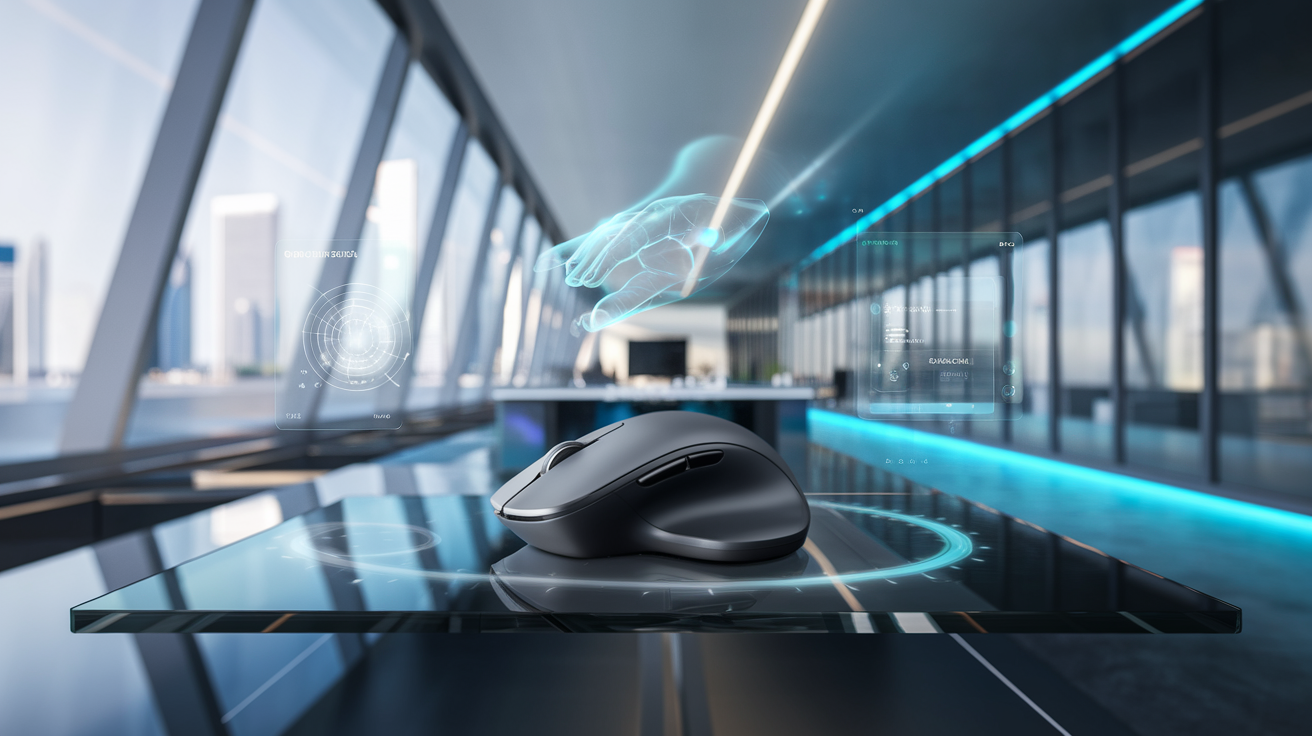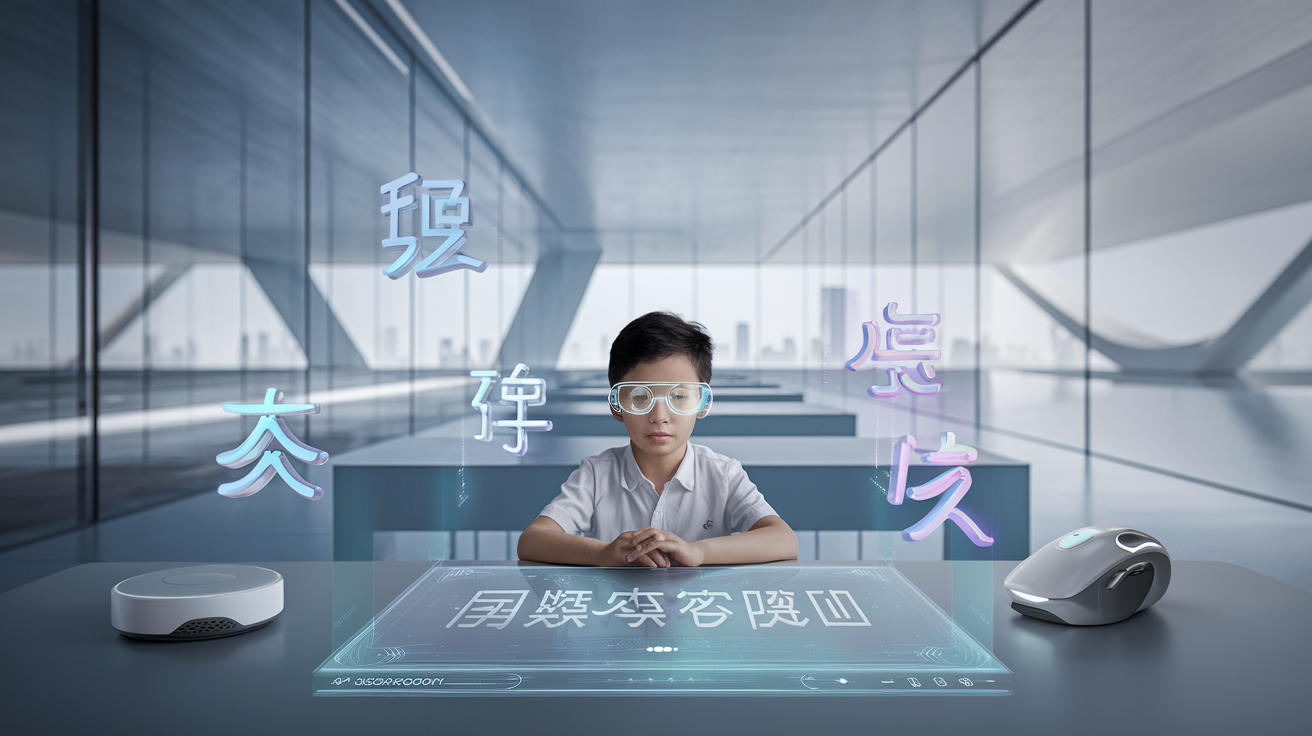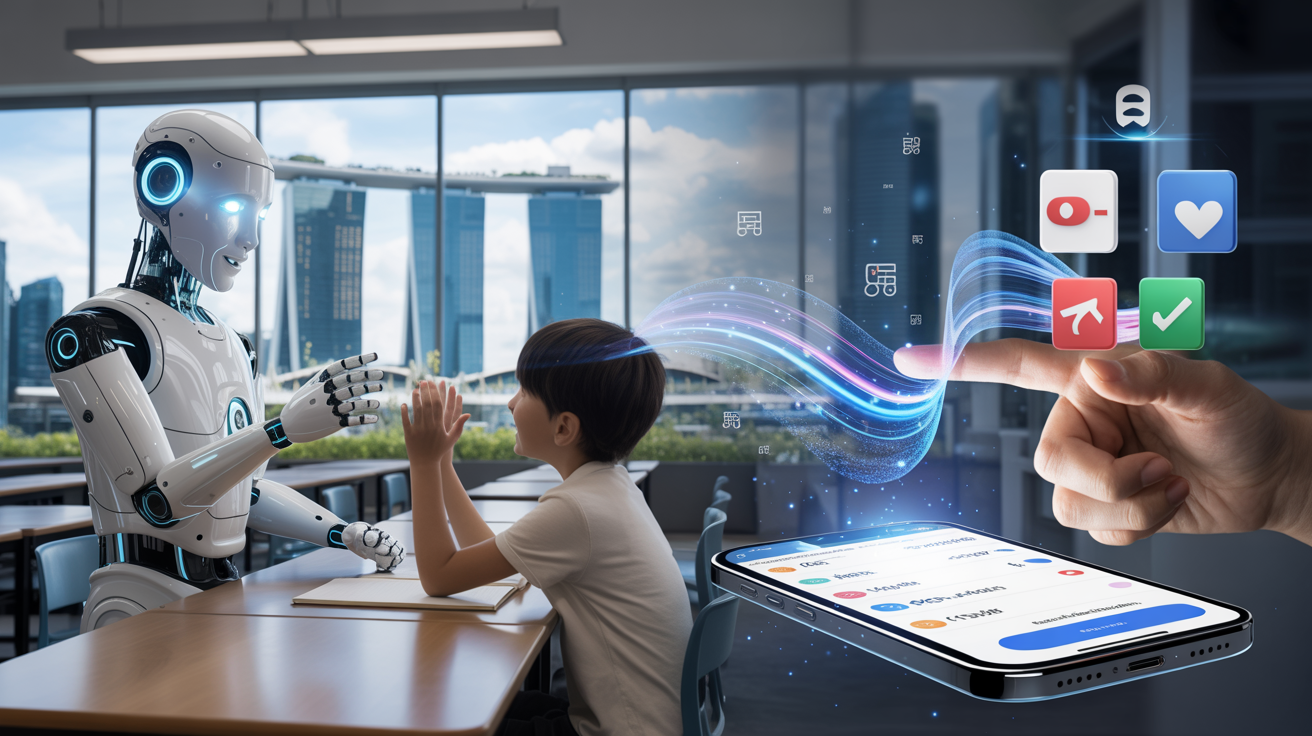
Will Physical AI Robots Replace Language Apps? Forecasting the Future of Language Learning
Posted by Aipilot on
Table Of Contents
- Introduction
- The Evolution of Language Learning Technology
- Comparing Physical Robots and Language Apps
- Current AI Language Robots: Capabilities and Limitations
- The Psychological Benefits of Physical Learning Companions
- Future Innovations in AI Language Learning
- Integration Rather Than Replacement: A 2030 Prediction
- Preparing for the Future of Language Learning
- Conclusion
Remember when language learning meant heavy textbooks, cassette tapes, and awkward classroom role-plays? Fast forward to today, and millions of people are learning languages through apps on their smartphones, practicing conversations with AI tutors, and even interacting with physical AI robots designed to help them master new languages. As we look toward 2030, a fascinating question emerges: will physical AI robots eventually replace language learning apps entirely?
This isn't just a theoretical question about technology trends. It touches on how we learn most effectively, how technology shapes our educational experiences, and what the future of language acquisition might look like in an increasingly AI-powered world. For parents, educators, and language learners alike, understanding this evolution could significantly impact educational choices and investments in the coming years.
In this comprehensive exploration, we'll examine the current landscape of language learning technology, analyze the unique advantages of both physical robots and digital apps, and forecast what language learning might look like by 2030. Will we all have robot language tutors in our homes, or will apps continue to dominate? Or perhaps something entirely different awaits us at the intersection of artificial intelligence and language education.
The Future of Language Learning:
Physical AI Robots vs. Language Apps
How will AI technology transform language education by 2030?
- Language apps offer affordability, accessibility, and gamification
- AI has enabled personalized learning paths and natural conversation
- Physical AI robots (like AIPILOT's TalkiCardo) provide multisensory engagement
Apps
- Low cost & convenience
- 24/7 accessibility
- Instant updates
Robots
- Physical presence
- Multisensory learning
- Emotional connection
Psychological Benefits of Physical AI Robots
Reduced Anxiety
Robots create judgment-free environments for practice without fear of making mistakes
Emotional Engagement
Physical presence creates stronger learning relationships and motivation
Multisensory Learning
Engages visual, auditory and kinesthetic pathways for better retention
2030 Forecast: Integration Rather Than Replacement
The future will likely see a hybrid approach combining physical robots and digital apps in complementary ways:
- Robots will excel in conversation practice and emotional engagement
- Apps will focus on structured practice and on-the-go learning
- Advanced AI will power both with emotional intelligence and adaptive teaching
- Integration platforms will create seamless learning ecosystems
Companies like AIPILOT that already embrace integrated approaches—combining AI robots, digital assistants, and smart devices—are well-positioned for this future.
Visit AIPILOT to explore AI-powered language learning solutions
The Evolution of Language Learning Technology
Language learning technology has evolved dramatically over the past few decades, transforming from basic audio recordings to sophisticated AI-powered solutions. Understanding this evolution provides important context for predicting where we might be headed.
From Textbooks to Smartphone Apps
Traditional language learning relied heavily on textbooks, classroom instruction, and occasionally language labs with audio recordings. The digital revolution brought computer-based learning programs in the 1990s and 2000s, but the true transformation came with smartphone apps in the 2010s.
These apps democratized language learning by making it affordable, accessible, and convenient. Suddenly, anyone with a smartphone could practice a new language during their commute, lunch break, or before bed. The gamification elements—streaks, points, and levels—tapped into psychological motivators that kept users engaged.
The AI Revolution in Language Learning
The integration of artificial intelligence marked the next significant leap. AI enabled personalized learning paths, speech recognition for pronunciation feedback, and natural language processing that could understand and respond to learners' inputs with increasing accuracy.
This AI revolution didn't just enhance existing app capabilities—it fundamentally changed what was possible in digital language learning. For the first time, learners could have something approaching a conversation with their digital learning tools, receiving contextual feedback and adaptive challenges based on their performance.
The Emergence of Physical AI Language Robots
The most recent development in this evolutionary timeline is the emergence of physical AI language robots. These devices combine advanced AI language capabilities with a physical presence, creating an entirely new language learning experience.
Unlike apps confined to a screen, these robots exist in the learner's physical space, can move, express emotions through physical gestures, and create a more tangible learning relationship. Products like TalkiCardo from AIPILOT represent this new frontier, especially for young learners who benefit from multisensory engagement.
Comparing Physical Robots and Language Apps
To assess whether physical robots might replace language apps by 2030, we need to understand their respective strengths and limitations. Both approaches offer unique advantages that appeal to different learning styles, contexts, and goals.
Advantages of Language Learning Apps
Language apps have achieved remarkable popularity for good reasons. They're affordable (often offering free tiers), highly portable, and available 24/7. The best apps leverage sophisticated algorithms to customize learning paths and provide immediate feedback. They also excel at certain aspects of language learning:
Apps are particularly effective for vocabulary acquisition, basic grammar instruction, and consistent practice through spaced repetition systems. They're ideal for busy adults who need flexibility and can only dedicate short periods to language learning throughout their day.
Moreover, the low barrier to entry means learners can easily try multiple approaches until they find one that resonates with their learning style. Updates can be deployed instantly across millions of users, ensuring content remains current.
Advantages of Physical AI Robots
Physical AI robots bring distinct advantages that address some of the fundamental limitations of screen-based learning. Their physical presence creates a more immersive, engaging experience that can dramatically improve learning outcomes, especially for certain demographics.
For children, physical robots provide multisensory learning experiences that engage visual, auditory, and kinesthetic pathways simultaneously. Research suggests this multisensory approach can significantly enhance language acquisition and retention. The social and emotional components of interacting with a physical entity also create stronger learning associations.
Additionally, physical robots encourage spoken practice in a way that feels more natural than speaking to a phone. This embodied interaction helps learners develop the confidence to use language in real-world settings, addressing the common challenge where app users can recognize words but struggle to produce them in conversation.
Current AI Language Robots: Capabilities and Limitations
Today's AI language robots represent impressive technological achievements, but they're still in relatively early stages compared to their potential future capabilities. Understanding their current state provides insight into their trajectory.
Today's Leading AI Language Robots
Current market leaders in AI language robots include devices specifically designed for language acquisition as well as broader social robots with language learning capabilities. These robots typically combine several key technologies:
Advanced speech recognition allows them to understand learners' speech even with accents or pronunciation errors. Natural language processing enables them to maintain contextual conversations rather than just responding to commands. Emotional intelligence features help them recognize frustration, excitement, or confusion and respond appropriately.
AIPILOT's TalkiCardo represents an innovative approach in this space, focusing on creating safe, engaging conversational experiences for children through smart AI chat cards that combine physical interaction with sophisticated AI capabilities.
Current Limitations
Despite their advantages, today's language robots face several limitations. Cost remains a significant barrier—quality AI robots are considerably more expensive than app subscriptions, limiting widespread adoption. Battery life and maintenance requirements present practical challenges in educational settings.
Technical limitations include occasional misunderstanding of speech, especially in noisy environments, and difficulties with very nuanced language aspects like cultural idioms or humor. The physical form factor also means updates require more complex deployment than simple app updates.
The Psychological Benefits of Physical Learning Companions
One of the most compelling arguments for physical AI language robots involves the psychological benefits they offer—benefits that extend beyond mere language acquisition to overall learning motivation and emotional well-being.
Building Emotional Connection
Humans are inherently social creatures, and we form emotional connections more readily with entities that have a physical presence. AI language robots leverage this psychological tendency, creating learning relationships that can feel more meaningful than interactions with an app.
This emotional connection translates to increased motivation and commitment to the learning process. When learners feel like they're letting down a "someone" rather than a "something," they're more likely to maintain regular practice. For children especially, this relationship aspect can transform learning from a chore into a social activity they look forward to.
Reducing Language Learning Anxiety
Language learning anxiety—the fear of making mistakes or sounding foolish—represents a major barrier to language acquisition. Physical robots create judgment-free practice environments that can significantly reduce this anxiety.
Unlike practicing with human partners (even supportive ones), robots never grow impatient, never judge, and never make learners feel self-conscious about repeated mistakes. This creates a psychologically safe space for the vulnerability required in language learning, particularly for speaking practice.
AIPILOT recognizes this critical dimension, prioritizing learners' psychological well-being by designing AI companions that provide emotional support throughout the learning journey. This approach acknowledges that effective language learning is as much about psychological comfort as it is about pedagogical methods.
Future Innovations in AI Language Learning
As we look toward 2030, several technological innovations are likely to reshape both physical robots and language apps, potentially blurring the lines between these categories.
Advanced Natural Language Processing
By 2030, we can expect significant advancements in natural language processing capabilities. AI systems will likely achieve near-human understanding of context, nuance, and cultural references, enabling much more sophisticated conversations with learners.
This evolution will benefit both apps and physical robots, but robots may leverage these capabilities more effectively through their embodied presence. Imagine a robot that not only understands what you're saying but can read your body language to detect confusion or uncertainty, adjusting its teaching approach accordingly.
Haptic Feedback and Mixed Reality
Future language robots might incorporate haptic feedback—physical sensations that reinforce learning. For example, a robot might gently tap different fingers to help learners remember tonal distinctions in languages like Mandarin, creating muscle memory associations that enhance retention.
Mixed reality capabilities could allow robots to project immersive environments for contextual learning. Imagine practicing restaurant vocabulary while your robot projects a virtual restaurant setting in your living room, complete with menu items you can "interact" with.
Emotional Intelligence and Adaptive Teaching
Perhaps the most significant advancement will come in emotional intelligence. Future AI language robots will likely become extraordinarily adept at recognizing emotional states and adapting their teaching approaches in response.
This might involve recognizing when a learner is frustrated with a particular grammar concept and suggesting a different approach, or detecting boredom and introducing a game element to re-engage attention. This emotional responsiveness represents a key area where physical robots may maintain an advantage over purely digital solutions.
Integration Rather Than Replacement: A 2030 Prediction
Rather than physical robots completely replacing language apps by 2030, the more likely outcome is sophisticated integration of these technologies to create comprehensive language learning ecosystems.
The Hybrid Approach
The future of language learning will likely embrace a hybrid approach that leverages the strengths of both physical robots and digital apps. Physical robots might serve as the "home base" for language learning—providing immersive conversation practice, emotional support, and physical interaction—while companion apps extend the learning experience beyond the robot's physical presence.
This integration aligns with AIPILOT's comprehensive approach to language learning, which already combines AI oral practice robots for kids with digital AI teaching assistants and other smart devices. The key innovation will be seamless coordination between these components, creating a unified learning experience rather than separate tools.
Contextual Deployment Based on Learning Needs
By 2030, we'll likely see more sophisticated matching of learning modalities to specific language learning contexts. Physical robots might be optimized for initial acquisition and conversation practice, while apps could focus on spaced repetition, grammar reinforcement, and on-the-go vocabulary building.
This specialized deployment recognizes that different aspects of language learning benefit from different approaches. The future isn't about one technology dominating, but rather about creating ecosystems where technologies are deployed based on their unique strengths.
Preparing for the Future of Language Learning
For parents, educators, and institutions looking ahead to 2030, several considerations can help guide decisions about language learning technology investments and approaches.
For Parents and Individual Learners
Parents should consider their children's specific learning styles and challenges when evaluating language learning technologies. Children who struggle with screen addiction or who benefit strongly from physical interaction might experience significantly better outcomes with AI robots like TalkiCardo compared to apps alone.
For adult learners, the choice between apps, robots, or hybrid approaches should be guided by learning goals, available practice time, and personal learning preferences. Those preparing for immersive experiences abroad might benefit more from robot-based conversation practice, while those focused on reading comprehension might find apps sufficient.
For Educational Institutions
Schools and language centers should consider phased adoption of AI language robots, perhaps beginning with shared robots in language labs before expanding to more personalized options. Developing curricula that thoughtfully integrate physical robots with digital tools will maximize learning outcomes.
Professional development for language educators should increasingly include training on effectively incorporating AI physical robots into teaching practices. Rather than replacing teachers, these technologies can free educators to focus on the more complex, nuanced aspects of language instruction that benefit most from human expertise.
Partnerships between educational institutions and AI technology companies—like those AIPILOT has established—will become increasingly important for developing customized language learning solutions that address specific institutional needs and student populations.
Conclusion
As we look toward 2030, the question isn't whether physical AI robots will completely replace language learning apps, but rather how these technologies will evolve and integrate to create more effective, engaging language learning experiences.
The future likely holds a more nuanced reality where physical robots and digital apps each play important, complementary roles in the language learning ecosystem. Physical robots will likely become more accessible and sophisticated, addressing the social, emotional, and multisensory dimensions of language acquisition that screens alone cannot match. Meanwhile, apps will continue to excel at convenience, affordability, and certain types of structured practice.
Companies like AIPILOT that already embrace a comprehensive approach—integrating AI oral practice robots, digital teaching assistants, and smart learning devices—are well-positioned for this integrated future. Their understanding that effective language learning requires addressing multiple learning modalities and the psychological dimensions of education aligns perfectly with where the technology is headed.
For parents, educators, and learners navigating this evolving landscape, the key will be remaining flexible and attentive to individual learning needs rather than seeking a one-size-fits-all solution. The most successful language learners of 2030 will likely be those who thoughtfully combine multiple technologies and approaches, leveraging each for its unique strengths.
The revolution in language learning isn't about one technology replacing another—it's about creating increasingly personalized, effective learning journeys that help more people successfully bridge language barriers and connect across cultures. That future is something we can all look forward to, regardless of which specific technologies lead us there.
Ready to experience the future of language learning today? Discover TalkiCardo, AIPILOT's innovative AI chat cards for kids that combine physical interaction with advanced AI conversation capabilities. Visit AIPILOT to explore our complete range of AI-powered language learning solutions that are already bridging the gap between digital apps and physical learning experiences.






